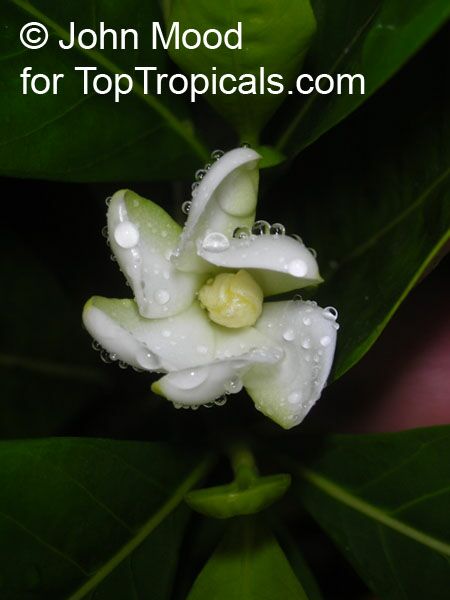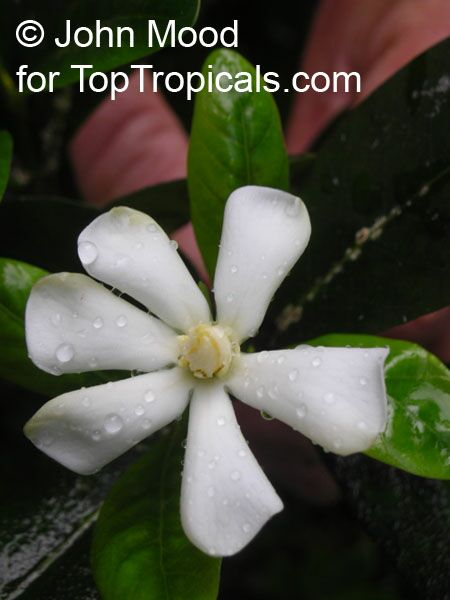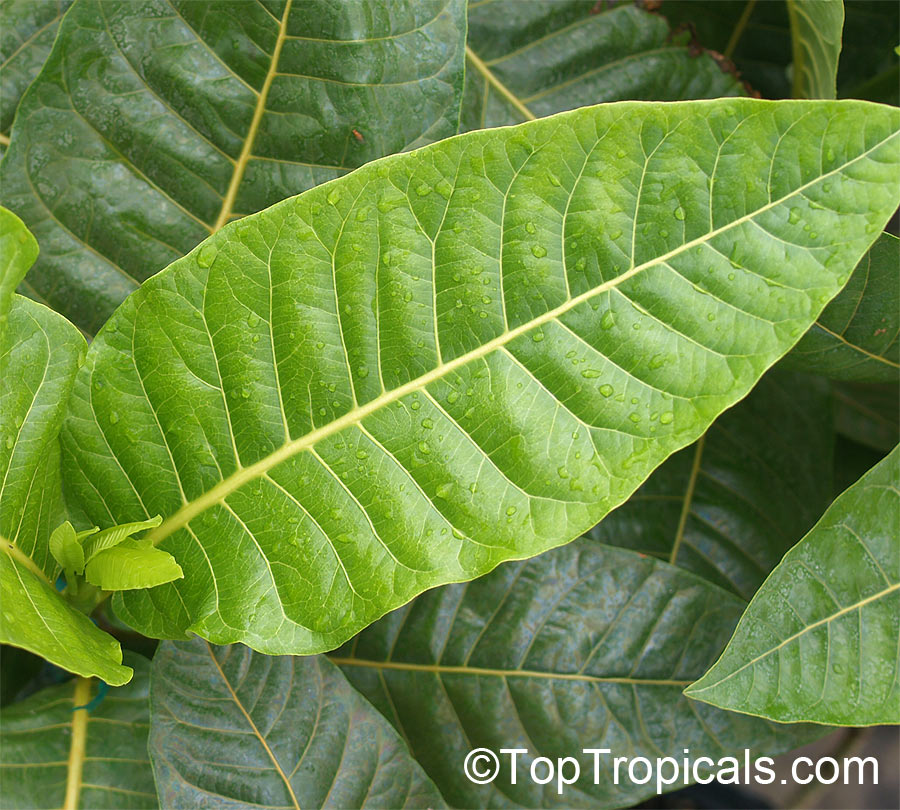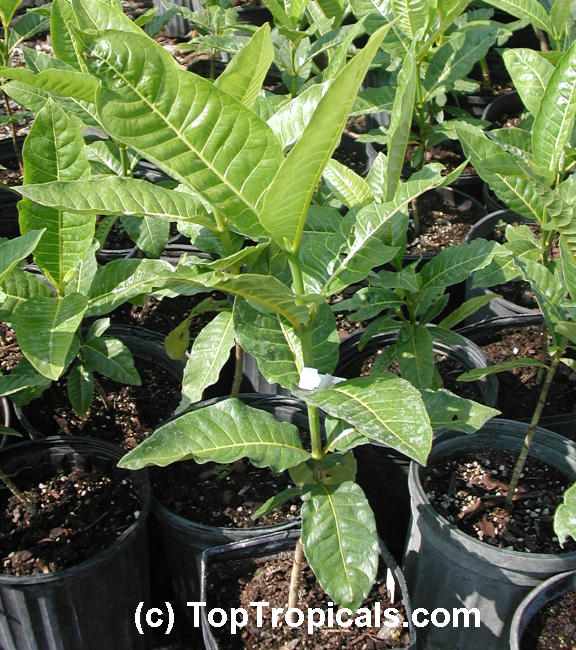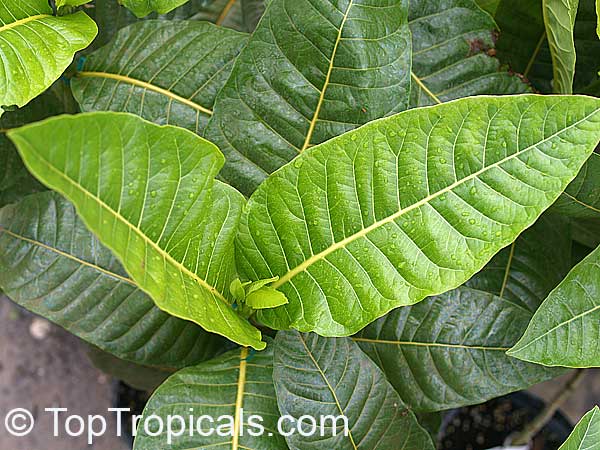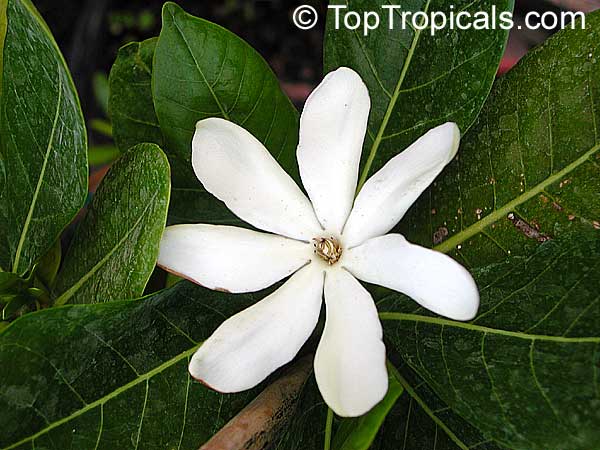Ultra tropical plant - Search results
Top Tropicals Plant Encyclopedia
| Number of plants found: 17 | Next | 
|
Go to page: | 1 | 2 |
Botanical names: Artocarpus altilis, Artocarpus communis
Common name: Breadfruit
Family: Moraceae
Origin: New Guinea






Breadfruit (Artocarpus altilis) is a large tree, typically growing to over 20 ft tall, and requires full sun exposure. It is suitable for growing in USDA hardiness zones 10-11, where temperatures remain above 55F for most of the year. It should be watered regularly and grows best in a loamy soil that drains quickly. In cold regions, it is best to grow this tree in a large pot with well-draining soil to provide enough space for it to grow. If the tree is grown in a pot for an extended period, it is important to repot it periodically to prevent the roots from becoming cramped.
The breadfruit tree produces large fruits that vary in size and shape, ranging from 3 to 18 inches long. The skin of the unripe fruit is green, turning yellow or yellow-brown when ripe. The creamy white to yellow pulp inside is pasty, sweetly fragrant, and has a somewhat soft texture. The fruit can be eaten raw or cooked and is rich in carbohydrates, making it a dietary staple in some parts of the world, particularly Polynesia. In the West Indies, a decoction of the tree's leaves is used to lower elevated blood pressure and relieve asthma. The shoots, bark, and latex also have medicinal uses.
The breadfruit tree is fast growing, reaching up to 80-100 ft in height with a trunk up to 6 ft in diameter. However, some varieties are smaller. The leaves, which can be either evergreen or deciduous depending on the climate, are ovate and up to 3 ft long with deeply cut, pointed lobes. They are bright green and glossy on the upper surface, with conspicuous yellow veins and dull, yellowish, and coated with minute, stiff hairs on the underside. The flowers are tiny and similar to those of the jackfruit tree. Male flowers are densely set on a drooping spike 5 to 12 inches long, initially yellow and becoming brown. Female flowers are massed in a rounded or elliptic, green head about 3 inches long, which develops into the compound fruit. The fruit can be oblong, cylindrical, ovoid, rounded, or pear-shaped and ranges from 3 to 18 inches in length. Generally, the fruit is green at first and turns yellow or yellow-brown when ripe. When fully ripe, the fruit is somewhat soft, and the interior is cream-colored or yellow and pasty, with a sweet fragrance. All parts of the tree, including the unripe fruit, contain milky, gummy latex. There are two main types of breadfruit: the normal, "wild" type (cultivated in some areas) with seeds and little pulp, and the "cultivated" (more widely grown) seedless type. However, occasionally a few fully developed seeds are found in seedless cultivars. The seeds are oval, about 3/4 inch long, dull brown with darker stripes. The moist inner pulp of seedless breadfruit is eaten after cooking and has the taste and texture of potatoes. The seeds of the seeded breadnut form can be cooked by boiling or roasting.
The moist inner pulp of the fruit is eaten after cooking, and has the taste and texture of potatoes.
Recommended Fertilizer: SUNSHINE C-Cibus - Crop Nutrition Booster
SUNSHINE-Honey - sugar booster
Botanical name: Artocarpus camansi
Common names: Seeded breadfruit, Breadnut
Family: Moraceae
Origin: New Guinea, Philippines







Seeded breadfruit is a large tree, to 100 feet tall, with large, spreading branches and a straight trunk with smooth gray bark. Leaves large, 16-20 inches wide and 24-35 inches long, with shallow lobes. All parts of the tree contain abundant white latex. Monecious, with axillary inflorescences. Male inflorescence elongated, 1-1.5 inches wide and 6-10 inches long, female inflorescence globose, 2-3 inches wide and 3-4 inches long. Fruits large, spheroid, 4-12 inches in diameter, green and covered with soft spines. Fruits contain between 20-60 rounded or flattened seeds, about 1 inch long. Immature fruits are cooked as a vegetable with coconut milk. Seeds are soft, edible and delicious, and may be boiled or roasted.
Botanical name: Artocarpus odoratissimus
Common names: Marang, Tarap, Green Terap
Family: Moraceae
Origin: Malesia







Marang, or Tarap, is one of the most delicious tropical fruit and beautiful exotic tree with large lobed leaves. The fruit is as big as 10-12", soft flavored, can be appreciated from the first bite and considered superior in flavor to both Jackfruit or Chempedak. Being a cold sensitive plant, Marang can be grown in container inside a greenhouse, where it will enjoy high humidity. The seedlings grow rapidly, first fruit can be expected within 3-4 years.
Botanical name: Artocarpus sericicarpus
Common name: Pedalai
Family: Moraceae
Origin: Malaysia, Borneo






Very large rainforest tree to 120ft. Eaten fresh. Seeds are also edible. The pedalai comes from northern Borneo, the Philippines, Sulawesi and the Moluccas. It is a very rare specimen in Borneo. It is occasionally seen growing on the steep, clay hillsides of the inland regions. The foliage consists of very large (40 X 25 cms) handsome, dark green leaves, spectacularly digitately lobed when young but entire when mature. The pedalai bears some very beautiful, eye-catching, bright orange skinned fruits, globular in shape and about 15 cms in diameter. Small soft protrusions on the fruit surface sprout curly, yellow hairs like a giant rambutan. Pedalai is similar to the marang inside, but has a superior flavor, firmer flesh and slightly larger segments. The sweet, creamy-white flesh is easy to eat and like the marang the segments cling to the central core when the skin is removed. As with all the Artocarpus species the seeds are edible and those of the pedalai are considered to be some of the tastiest. They may be boiled, roasted or fried. Fruit odor is not as strong as it is with the fruit of the marang, Artocarpus odoratissimus.
Botanical names: Bouea burmanica, Bouea macrophylla
Common names: Marian plum, Maprang, Ma-praang, Gandaria
Family: Anacardiaceae
Origin: North Sumatra, Malaysia and West Java






Bouea burmanica, also known as Marian Plum or Ma-praang, is a small tree native to North Sumatra, Malaysia, and West Java. It grows to a height of 10 to 20 feet and has smooth, dark green leaves. This plant requires full sun or semi-shade and regular watering to thrive. It is hardy in USDA Zone 10 to 11 and prefers temperatures no lower than 55 degrees Fahrenheit.
The Marian Plum is a fruitful tree, producing an abundance of edible orange fruits. It has a unique flavor that is reminiscent of mango or apricot, making it an excellent choice for a fresh snack or cooked in syrup. The immature fruits can be chopped into salads or pickled, and the young leaves can be eaten with sambal to add a layer of vibrant flavor. Beyond its delicious taste, the Marian Plum also offers a variety of health benefits; its rich vitamins, minerals and antioxidants make it a power-packed addition to any diet.
The Marian Plum has become increasingly popular within Thailand as a home garden tree, and its cultivation is steadily increasing. It is even being exported to other countries by Thai firms who advertise it as a specialty fruit.
Botanical name: Calathea crocata
Common name: Eternal flame
Family: Marantaceae
Origin: Brazil
Hardiness: 50°F






Keep Calathea crocata (Eternal flame) out of cold temperatures, as frost will kill it. Grow in a pot and move it indoors during winter in colder climates to prevent frost damage. Calathea crocata is a small shrub, usually between 2-5 ft, and is hardy in USDA Zone11. It is native to Brazil. In USDA zones below 11, grow as a houseplant or seasonal container specimen.
Fertilize bi-monthly with a half-strength dilution of a soluble liquid fertilizer during the summer season.
Water Calathea crocata regularly and more during the warmer summer months. The plant likes a moist soil, however, make sure that the soil does not become soggy. Allow the top inch of soil to dry out between watering and water this small shrub liberally in the growing season. Cut back on water during the cooler winter months when the plant is dormant.
Calathea crocata is an eye-catching plant with long puckered ribbed leaves in an array of colors with maroon undersides. The plant produces orange and yellow flowers that resemble flames. Prune the plant lightly in early spring and again shortly after flowering. Spent flower stalks can be removed as the flowers fade.
Grown as a houseplant, Calathea crocata does best in bright, indirect light and high humidity. The days will be brighter with the addition of a Calathea crocata in any home or garden.
Botanical name: Durio sp.
Common names: Durian, Durian Kuning, Durian Merah
Family: Malvaceae
Subfamily: Helicteroideae
Origin: South Asia








Large tree with pricky big fruit that is famous with its pleasant taste and unpleasant smell. Distinctive, highly pervasive aroma. To many Asians, the stink is a welcome odor for they regard durian as the king of fruits, a delicacy that is well worth the comparatively high price it commands. Some people are deterred by the potent smell and never actually sample the creamy golden flesh hidden within the spiny exterior - thereby missing one of the truly great pleasures of fruit eating. The more you eat of it the less you feel inclined to stop, wrote Alfred Russell Wallace, after eating his first durian on Borneo in the 19th century, and most of those who follow his example are likely to agree with him. Other edible durian species are sometimes available in the local markets of Southeast Asia. The scientific name of other species are Durio kutejensis, Durio oxlevanus, Durio graveolens, and Durio dulcis. There are many clones of the durian, all having a name starting with "D" and a number. For example, some popular clones are D24, D99, D158 and D159 (this is the "Mon Thong" variety). The red and yellow-fleshed fruits are Durio graveolans, more tolerant of S. Florida conditions and taste like peanut butter.
Botanical names: Erycina pusilla, Psygmorchis pusilla, Oncidium pusillum
Common name: Erycina
Family: Orchidaceae
Origin: Central America





Botanical name: Garcinia mangostana
Common name: Mangosteen
Family: Clusiaceae / Guttiferae
Origin: Malay Peninsula







Cultivated in Malaysia, Thailand, Indonesia and the Philippines. This delicious fruit has a thick, dark-red skin, inside which are creamy white segments with a sweet, slightly tart flavor. Purported by many who have had the luxury of tasting it as being the best tasting fruit in the world. While possibly a bit extreme, the mangosteen is instantly liked by many who eat it. The medical problems this product apparently solves are remarkable. Diabetes, high blood pressure, acid reflux, anti-inflammatory agent, fibromyalgia, psoriasis, antidepressant, anti-fungal, antibacterial, antioxidant and even some forms of cancer cell growth inhibition are just to name a few. The tree is an attractive columnar or pyramidal slow growing evergreen, which attain a height of 30 to 40 feet. It has a strong central trunk with evenly spaced side branches, which become pendent at the tips as the tree ages. The leathery leaves are opposite, short stalked, and elliptic oblong with acuminate tips. The upper surface is bright shining green. The under surface is a dull green. All parts of the plant are without pubescence. Trees are highly sensitive to soil and alkalinity. Trees often do poorly in Florida not because of climate but because of salt spray, sandy soil, and high salt in the soil. Prefers humid conditions with over 100" of rain per year. Mangosteens can be planted near streams, ponds, or other bodies of water where portions of their root systems remain moist year-round. Heavy mulching is recommended in drier areas to retain soil moisture. Flowering and fruiting usually occurs in summer or after periods of heavy rainfall. Mature trees may bear anywhere from 100 to 3000 fruits. Seeds have extremely short viability, only 1 to 5 days, and must be planted immediately upon removal from the fruit. Germination takes place in 2 to 3 weeks. Seedlings soon develop a long tap root which is vital to the survival of the tree so great care should be taken when transplanting. Other forms of propagation are usually unsuccessful. Fruiting takes from 6 to 12 years from seed.
The plants are well established, 10-12" tall, with several leaves. Ready to step up in next size container.
Mangosteen. This delicious fruit has a thick, dark-red skin, inside which are creamy white segments with a sweet, slightly tart flavor. Purported by many who have had the luxury of tasting it as being the best tasting fruit in the world.
This item can not be shipped. Pick up only. We can provide local delivery around Ft. Myers or Sebring, Florida. Contact us for an estimate. Non-pickup orders are subject to restocking fees.
Recommended Fertilizer: SUNSHINE C-Cibus - Crop Nutrition Booster
SUNSHINE-Honey - sugar booster
Botanical name: Gardenia vanuatuensis
Common name: Vanuatu Gardenia
Family: Rubiaceae
Origin: Vanuatu








New rare gardenia from S. Pacific island Vanuatu. Very salt-tolerant. Fragrant flowers are similar to G. taitensis but smaller size.
| Next |  |
Use link to repeat this search:
https://toptropicals.com/cgi-bin/garden_catalog/cat.cgi?search_op=and&keyword_op=and&language=e&number=10&no_change_lang=1
&v1=ult&user=tt&sale=1&first=0
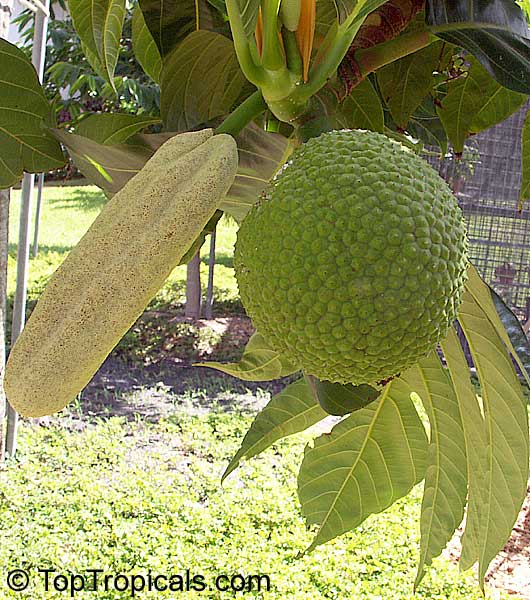
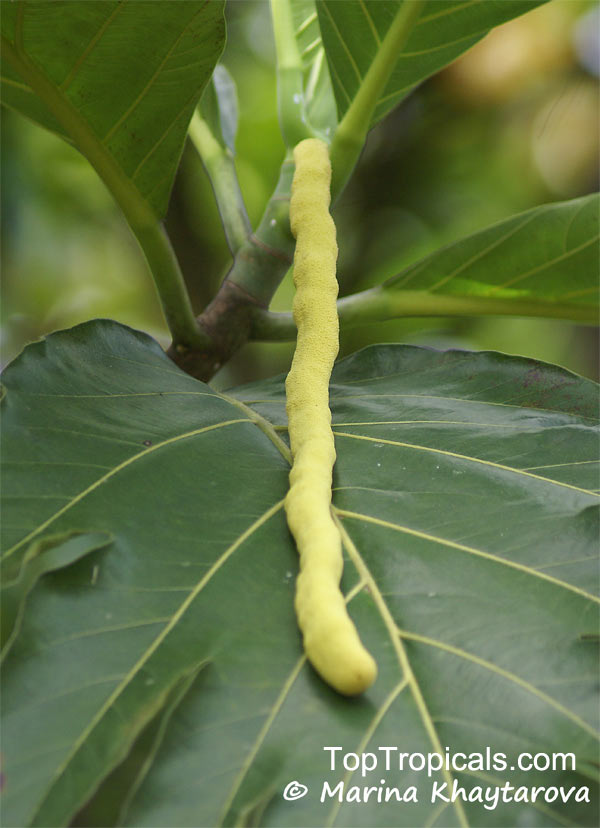
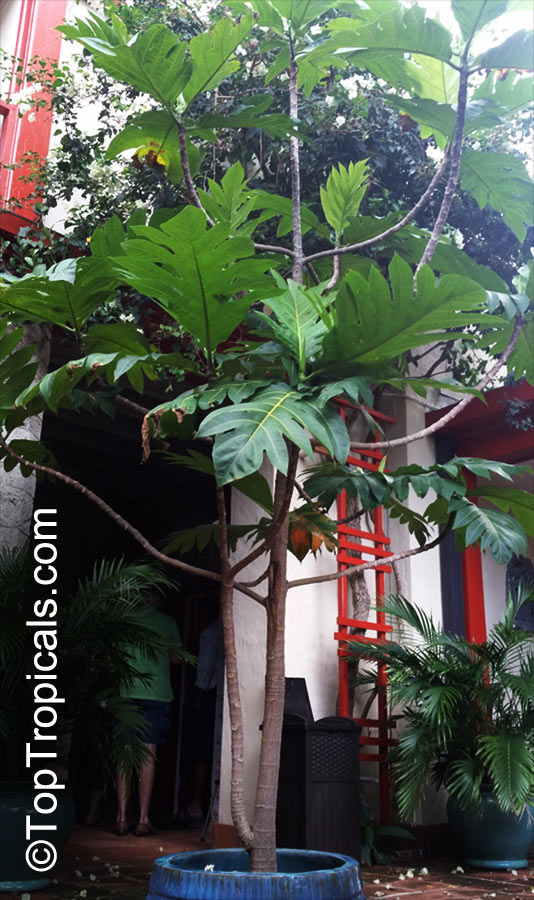
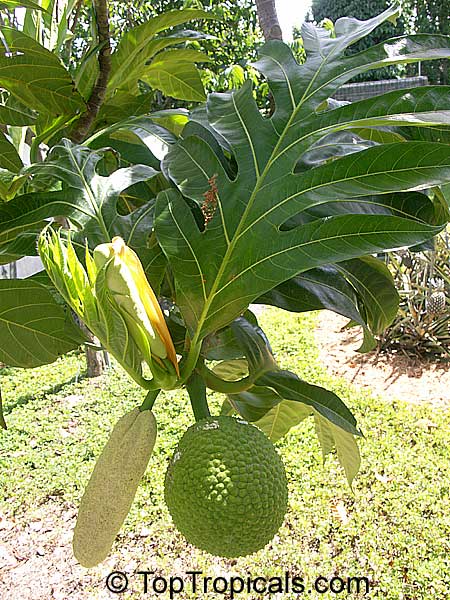
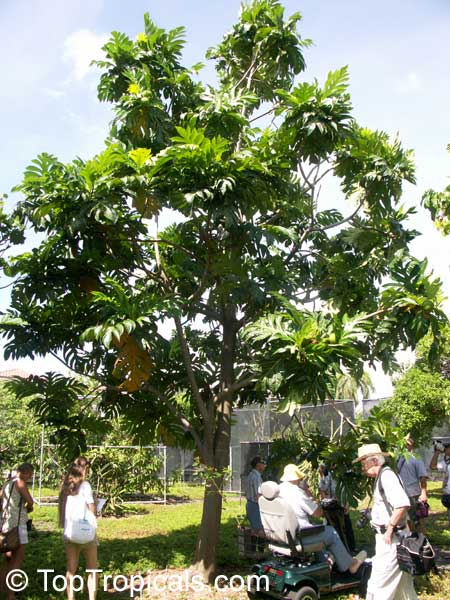

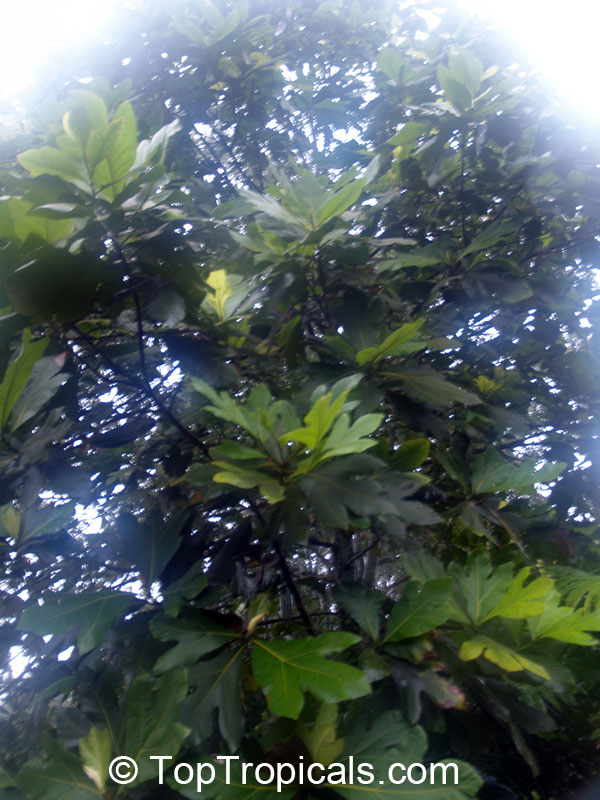
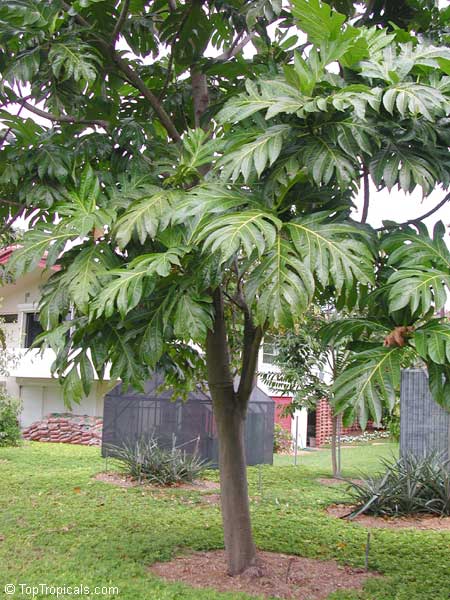
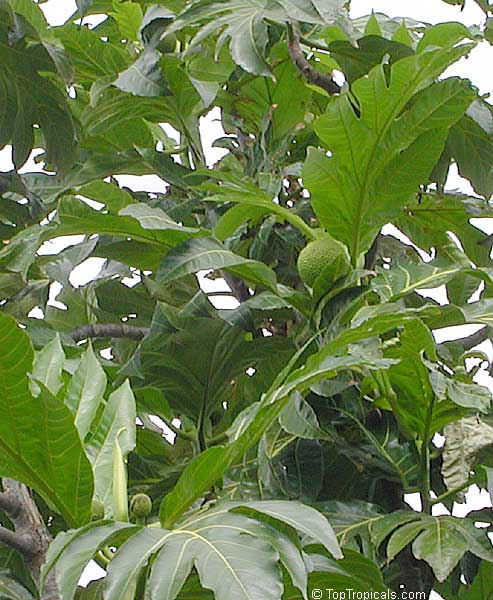
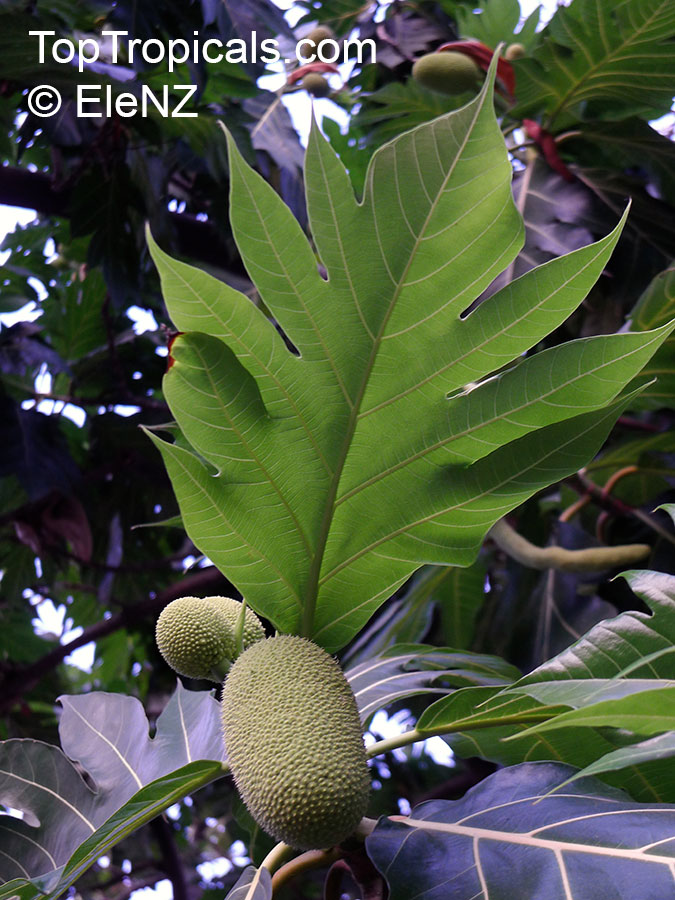
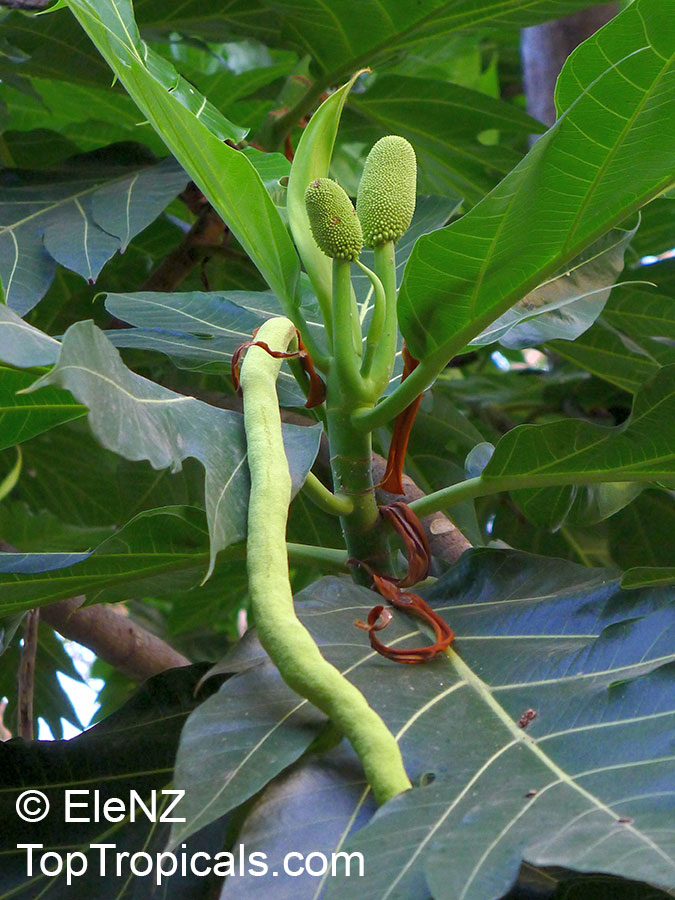
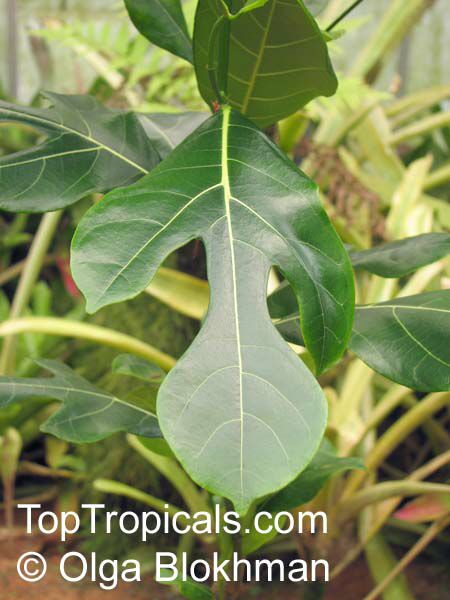
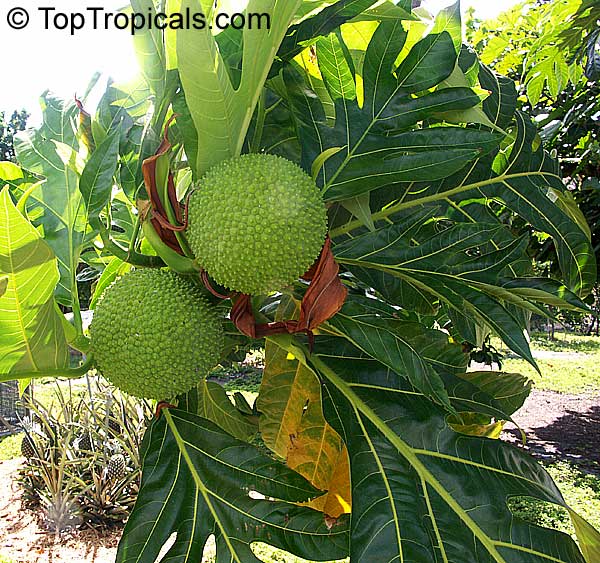
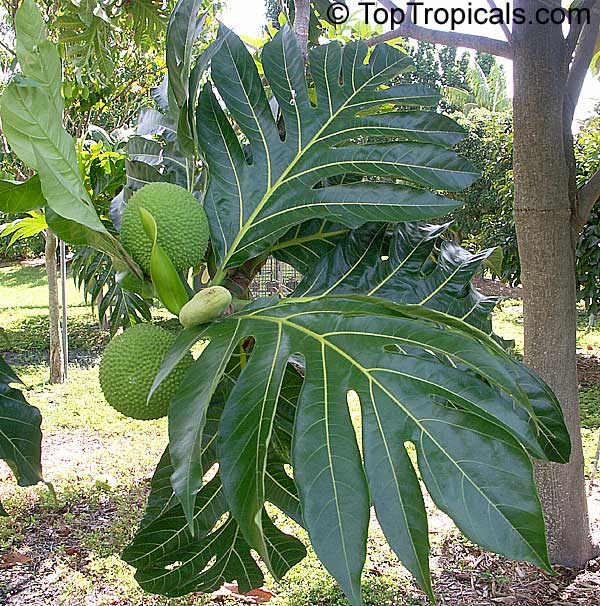
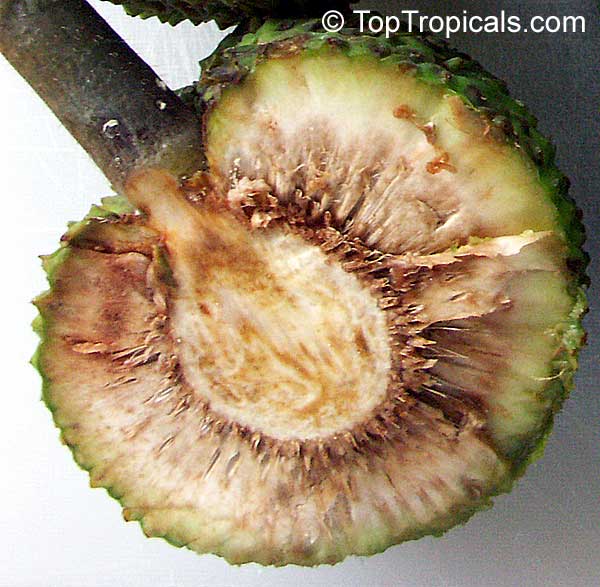
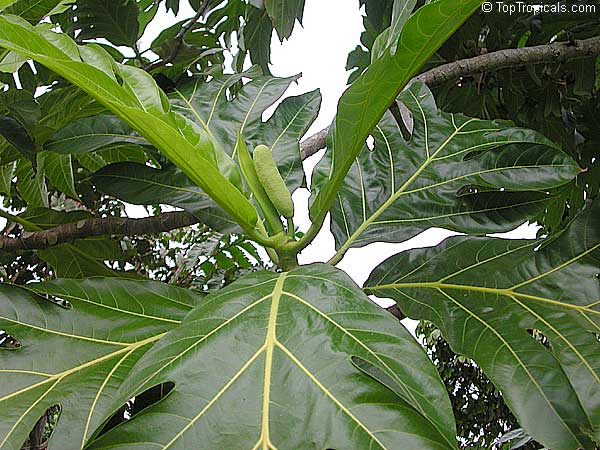

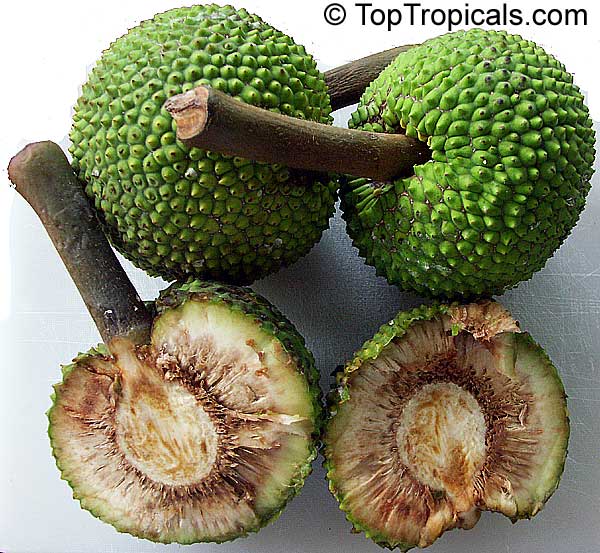
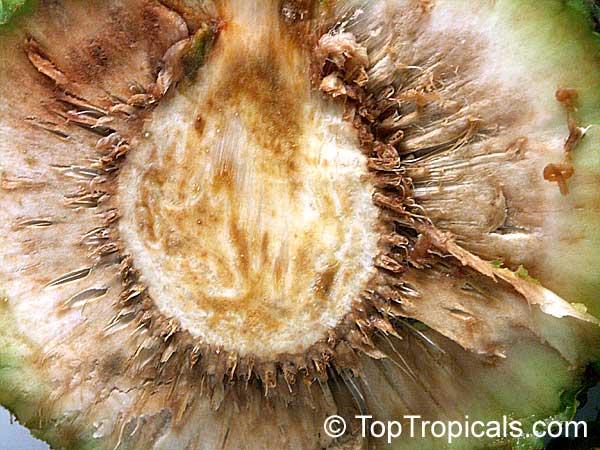
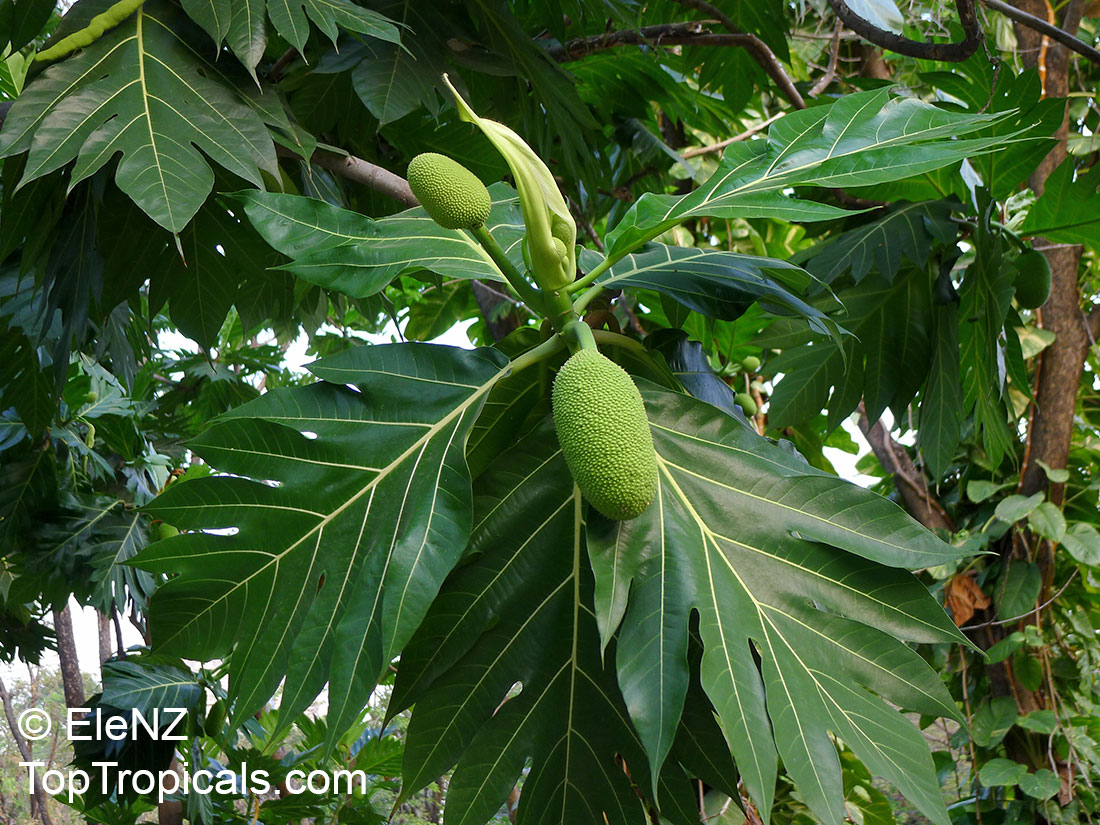
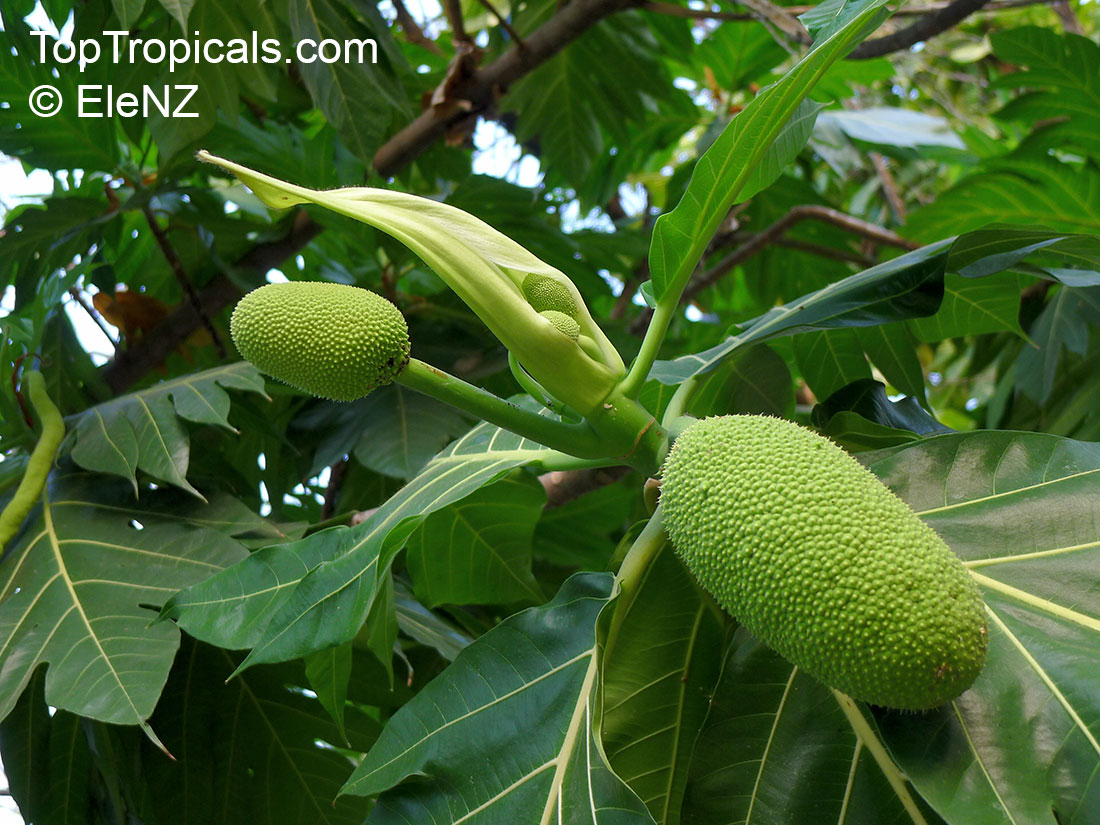
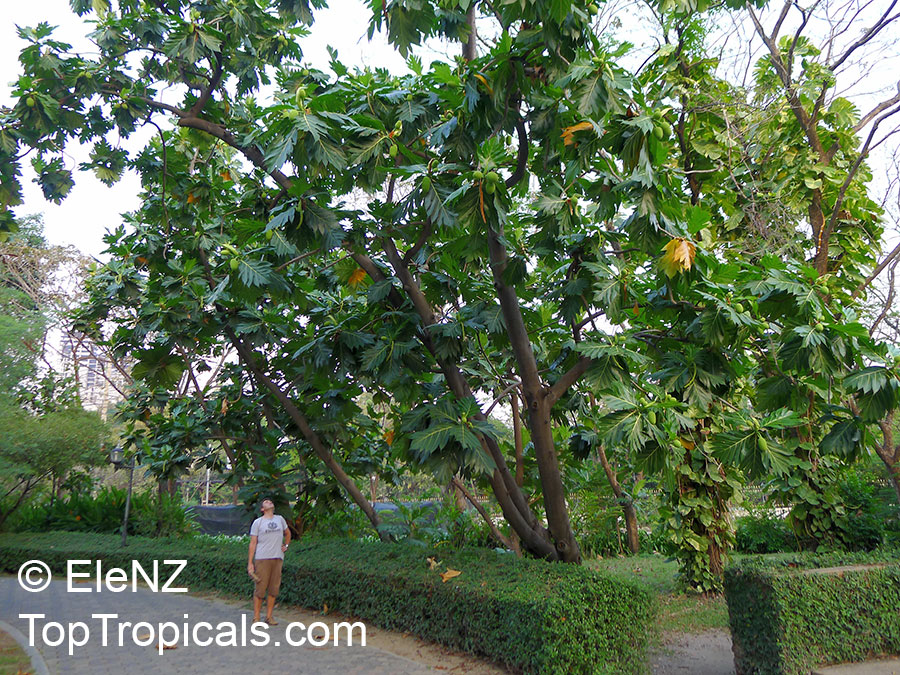
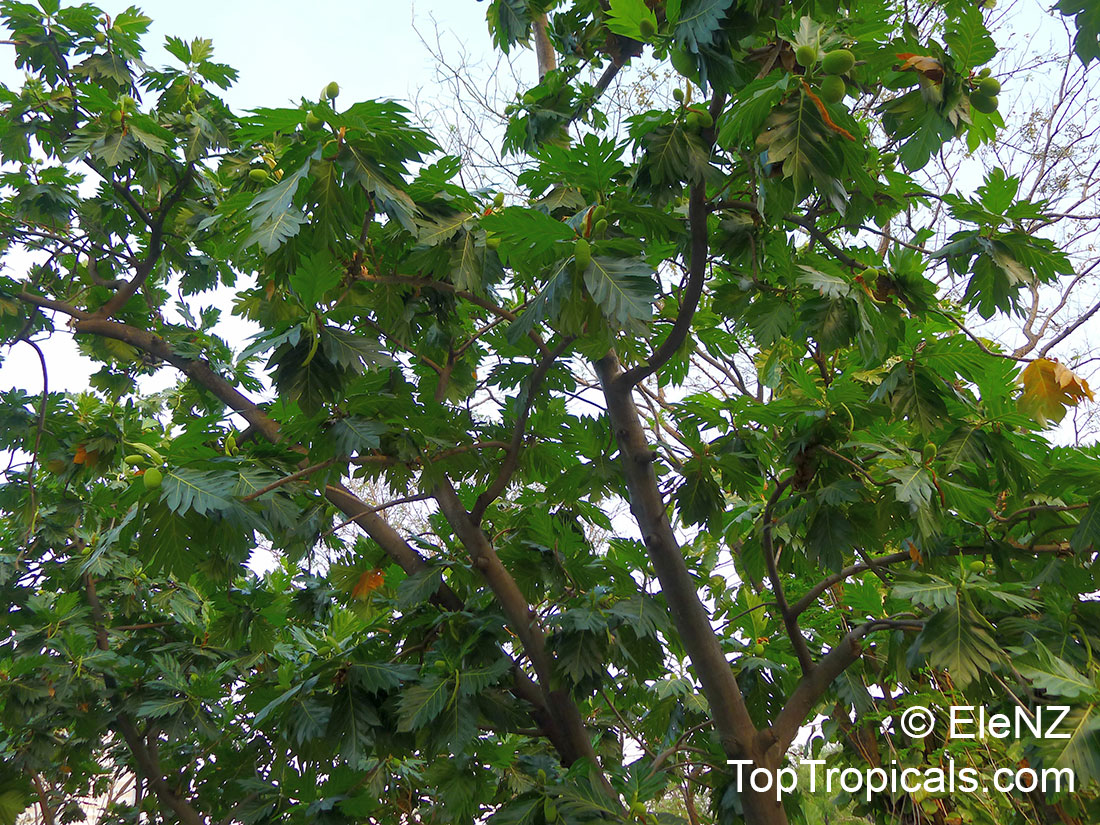
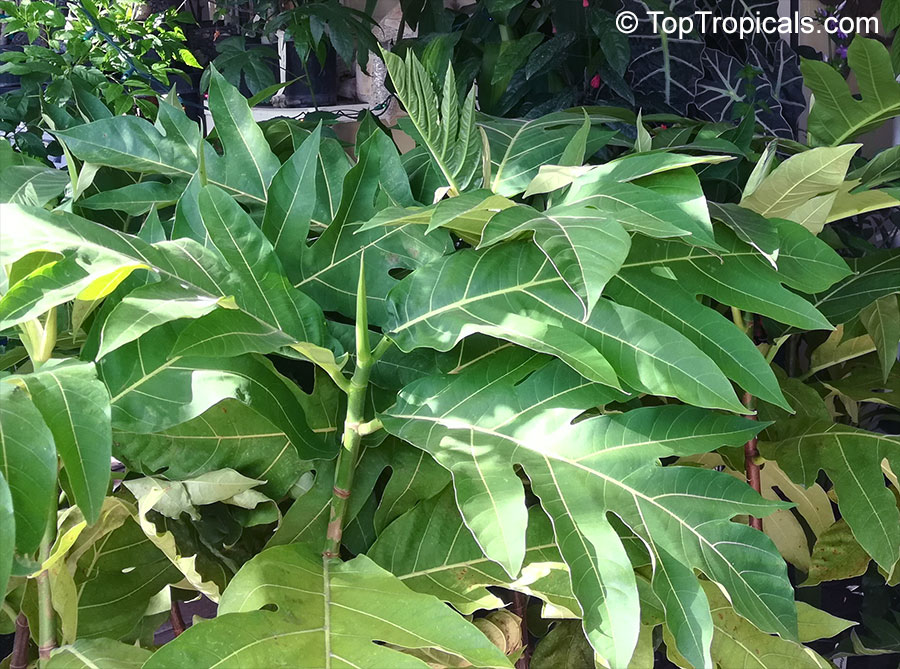
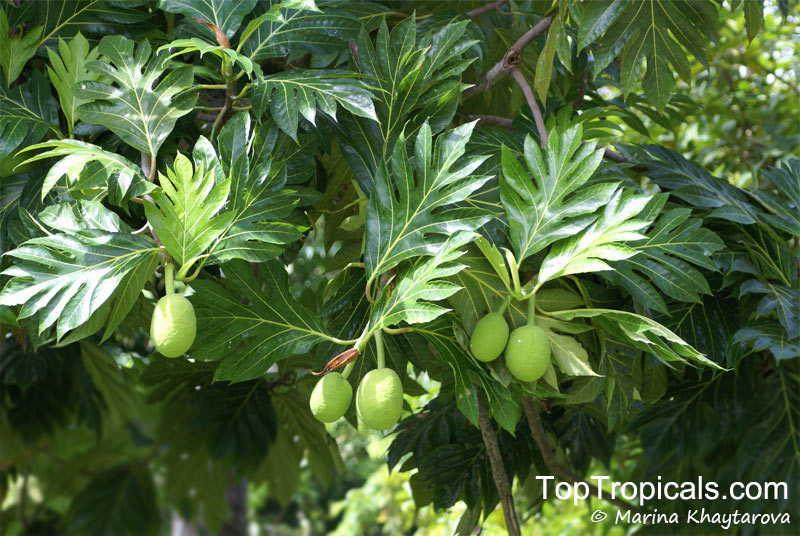
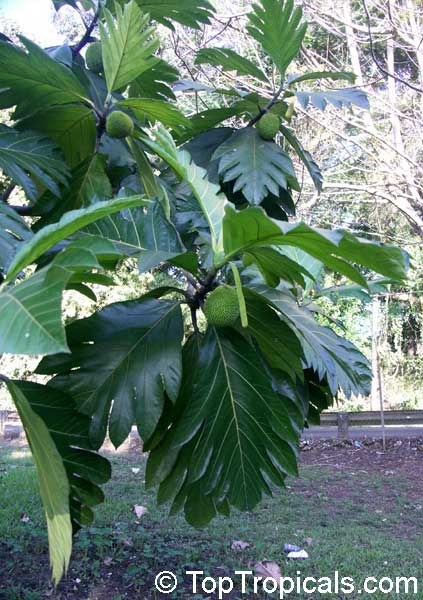
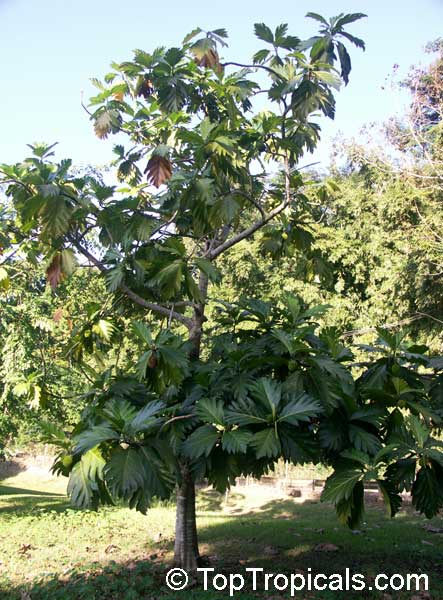
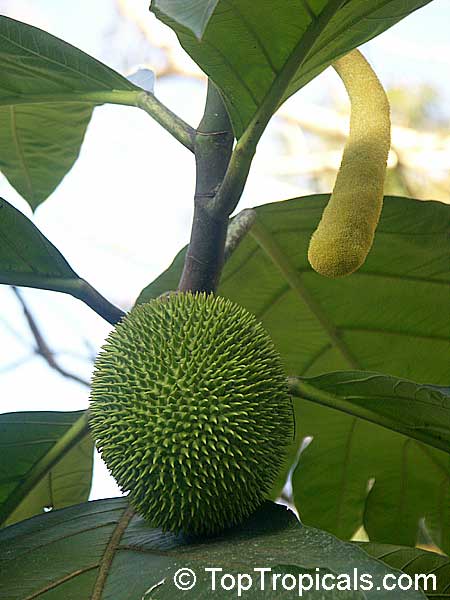
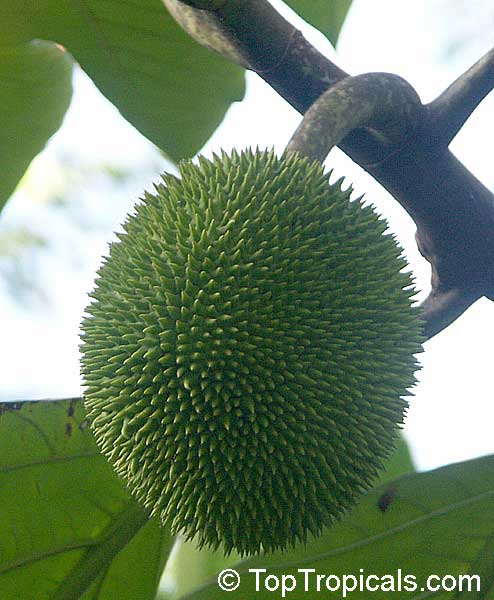
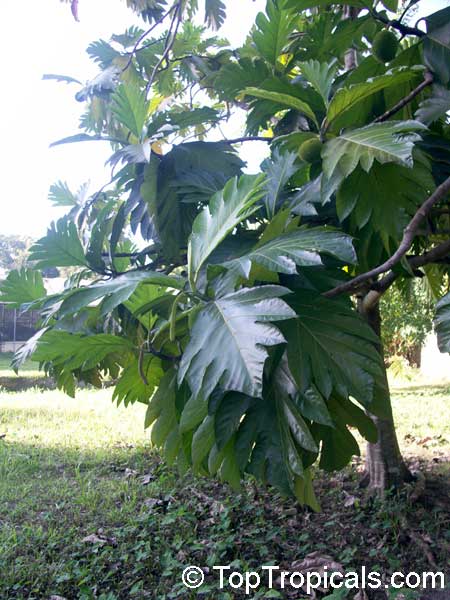
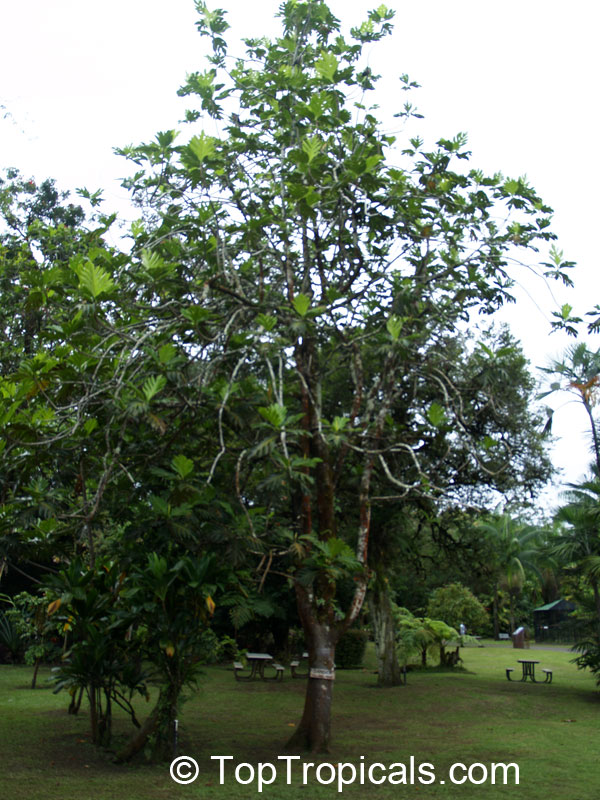

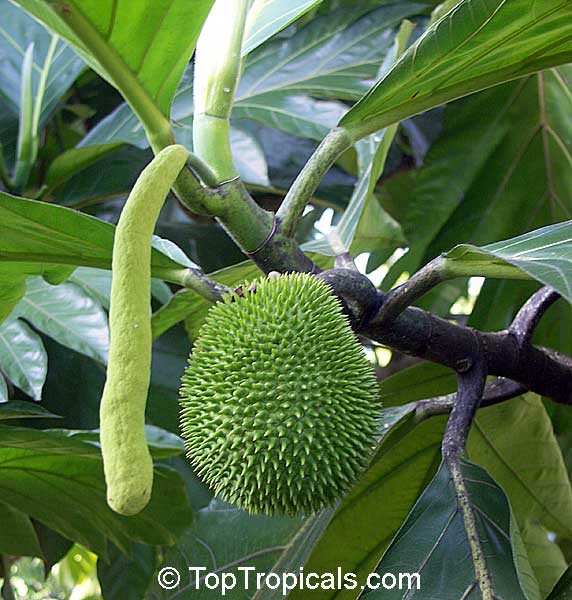
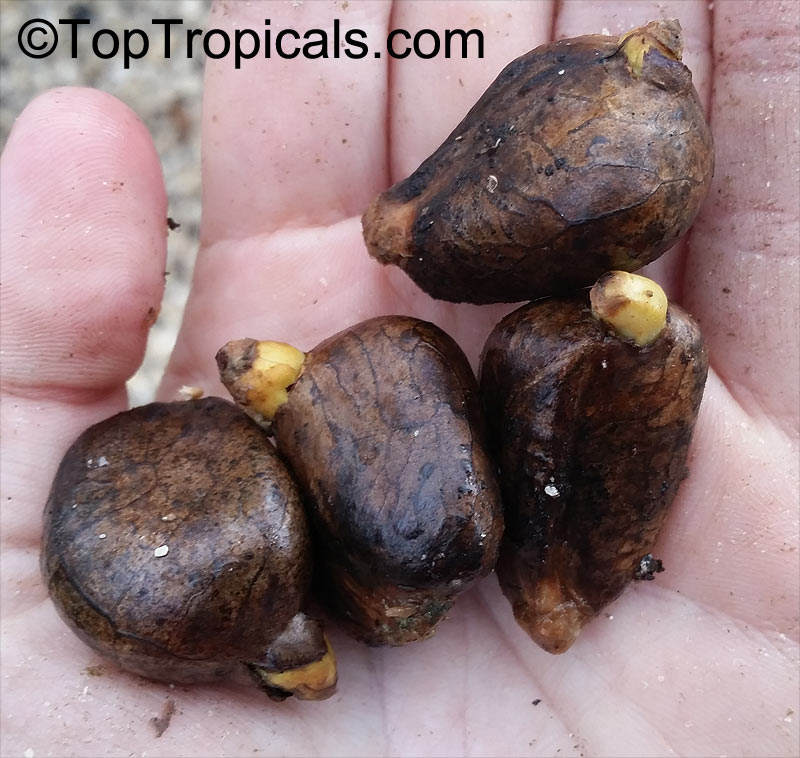
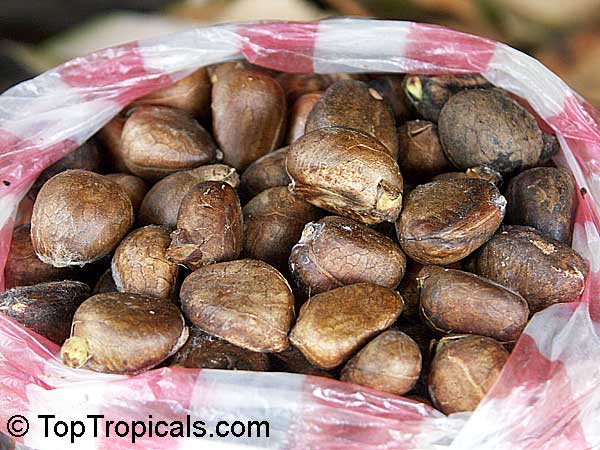
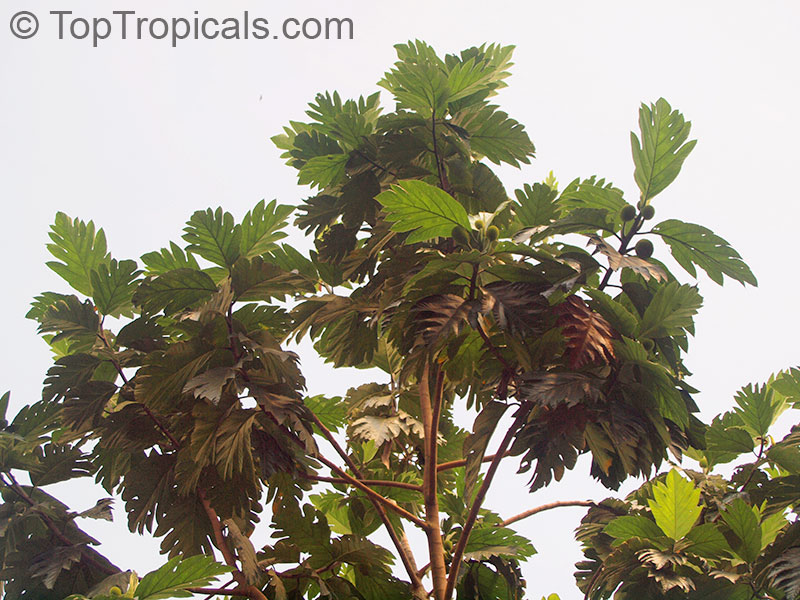
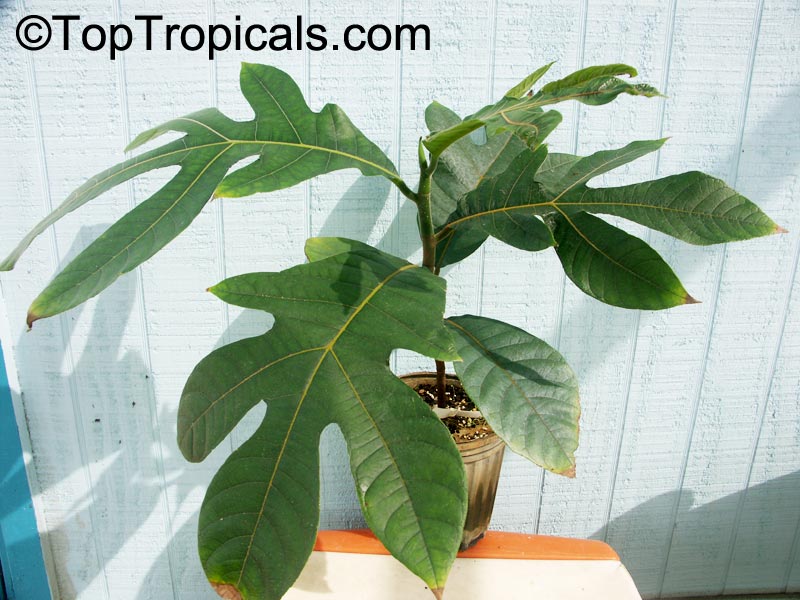
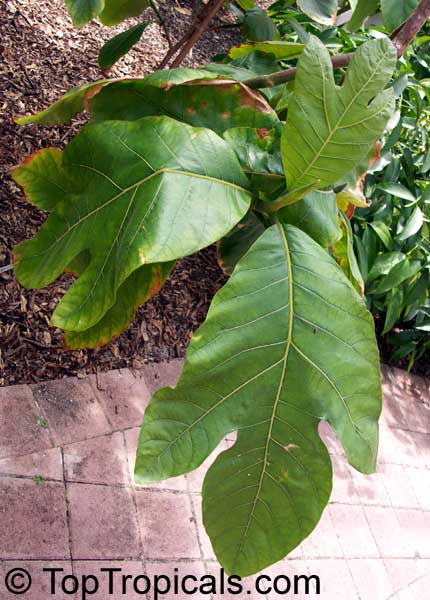
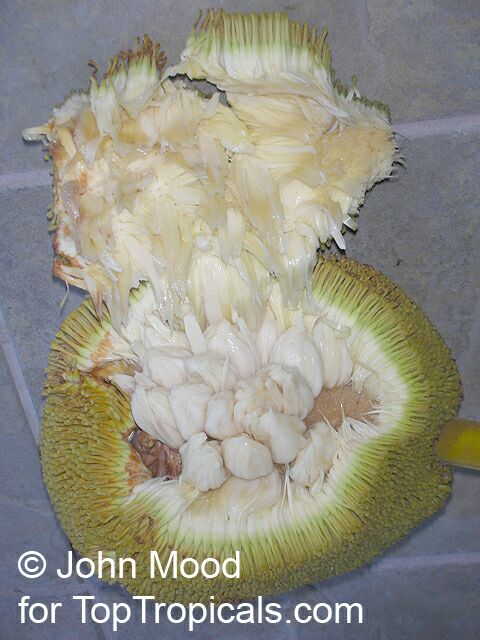
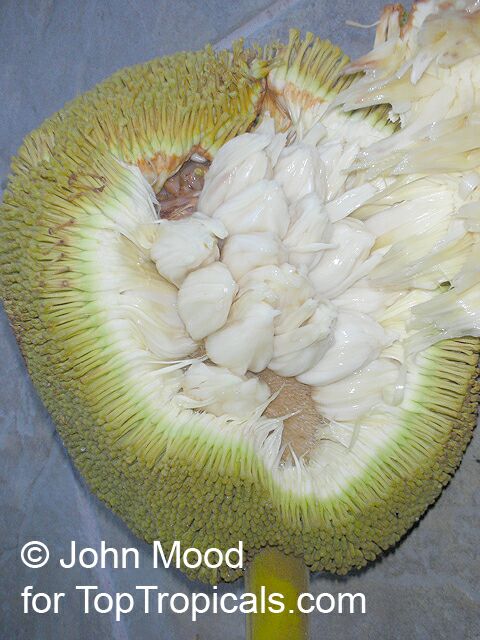
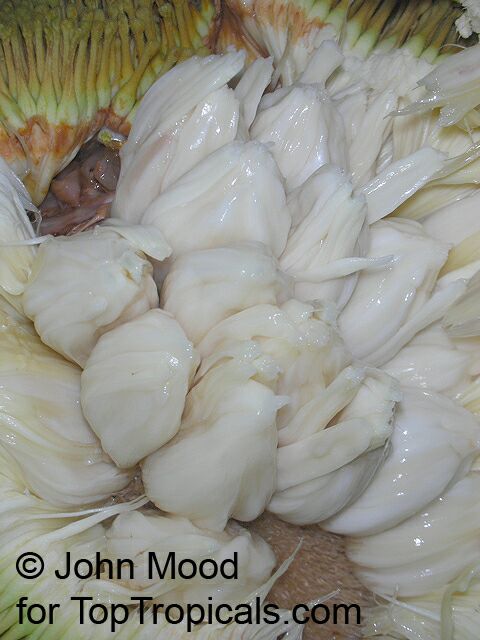
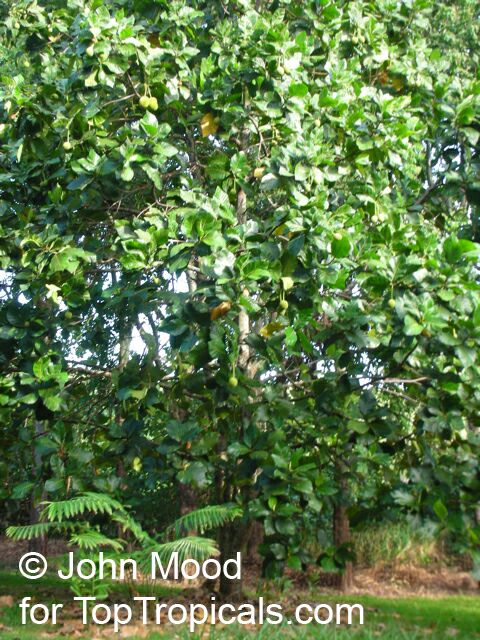
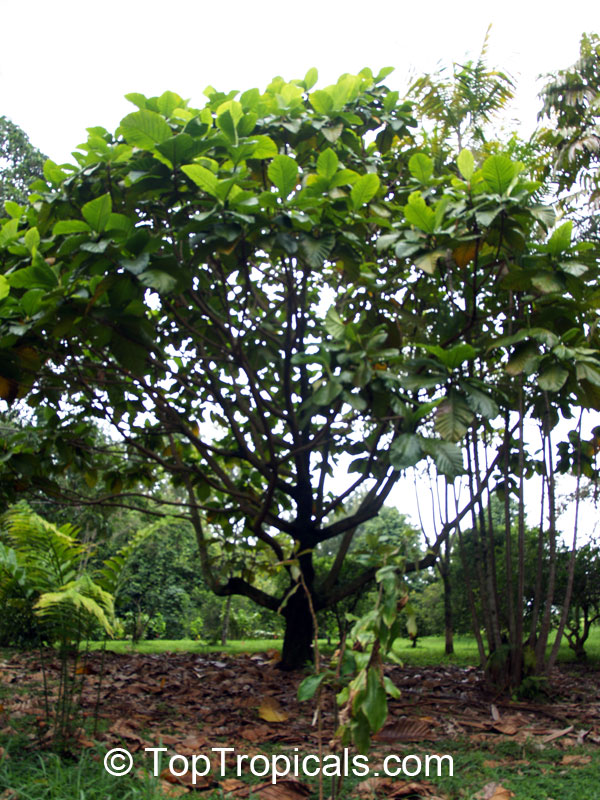
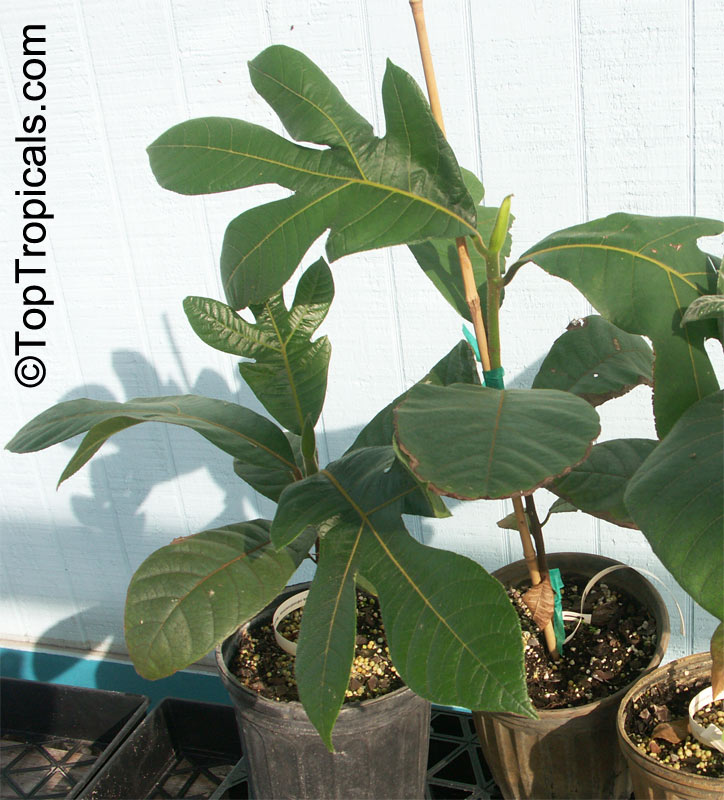
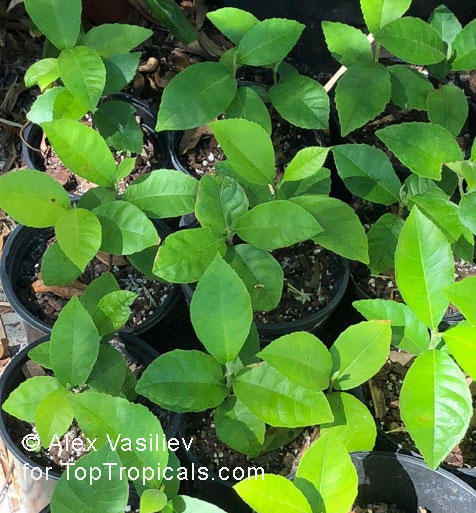
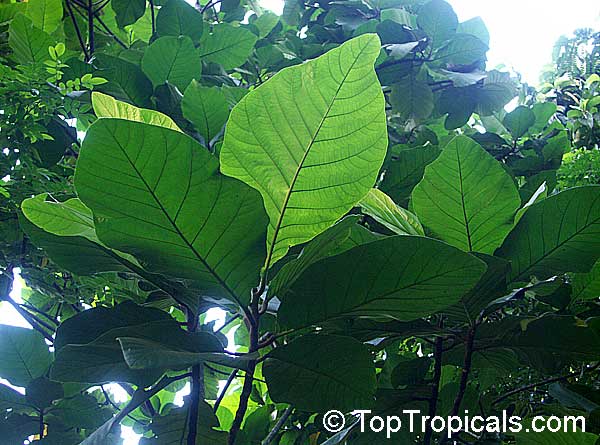
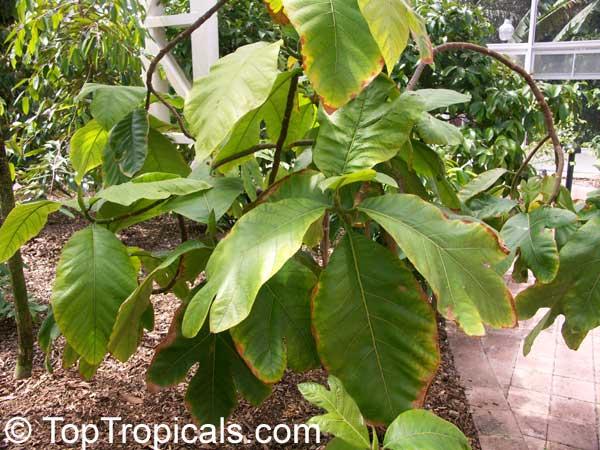
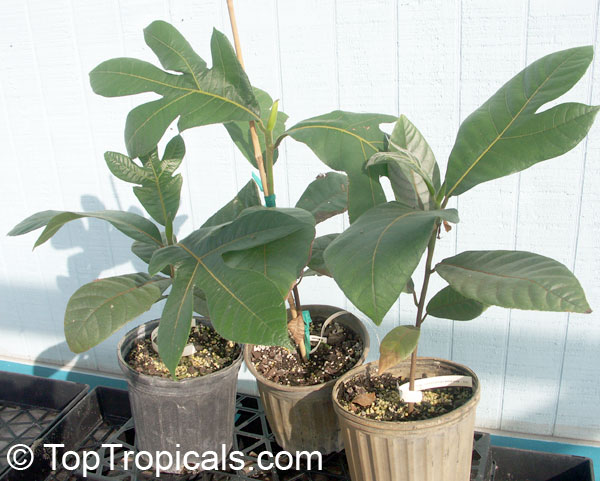

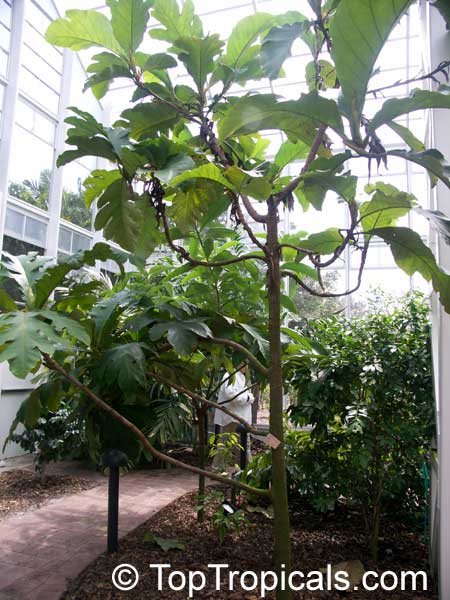
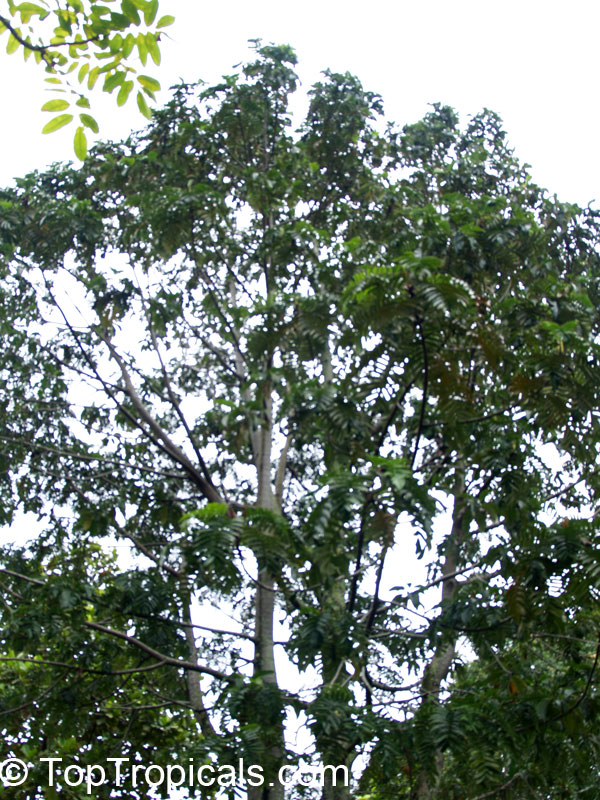
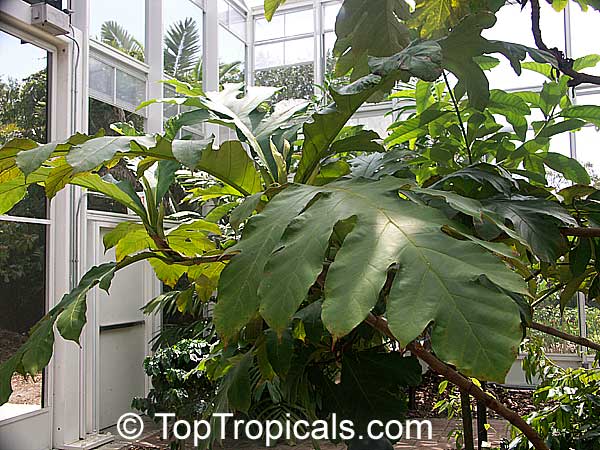
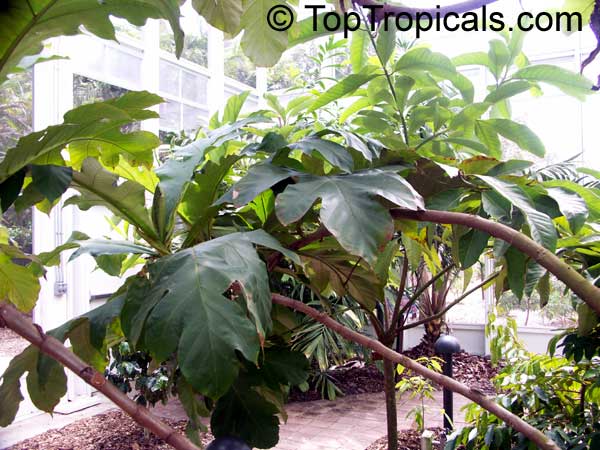
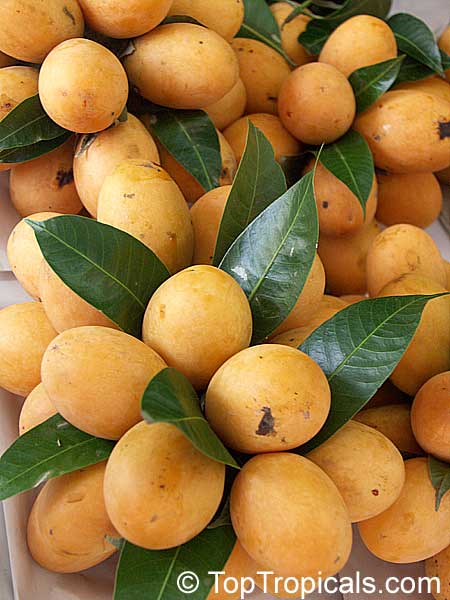
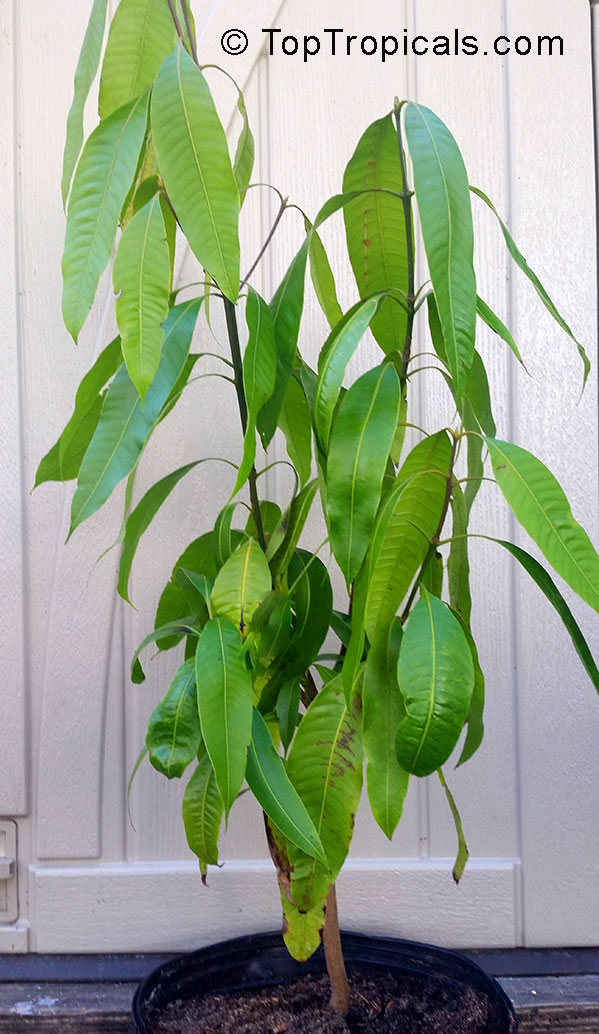

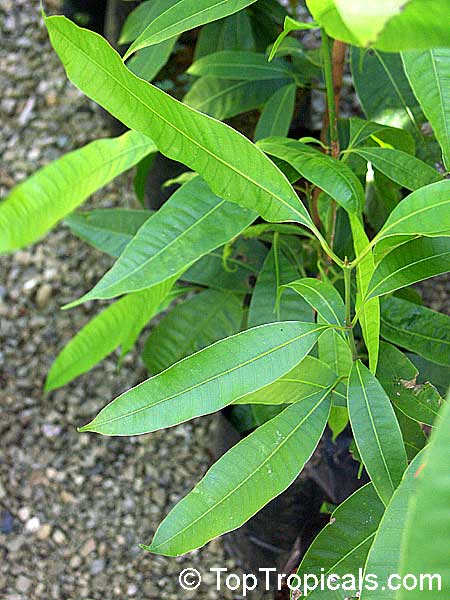
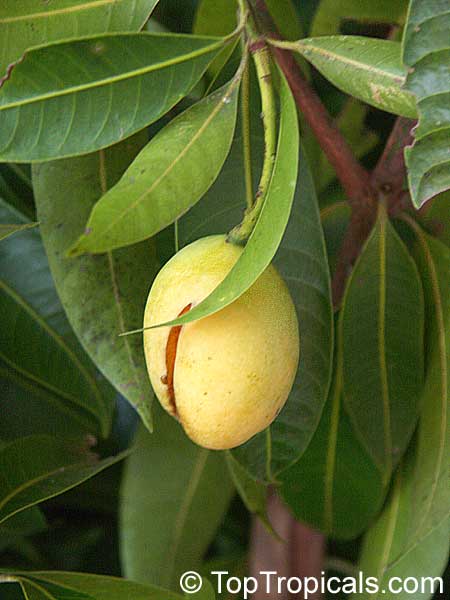
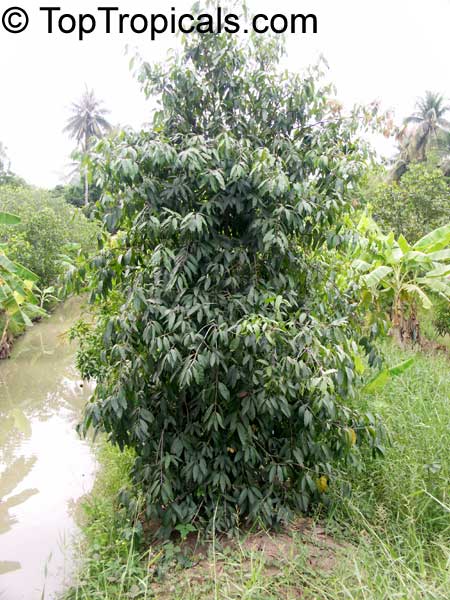
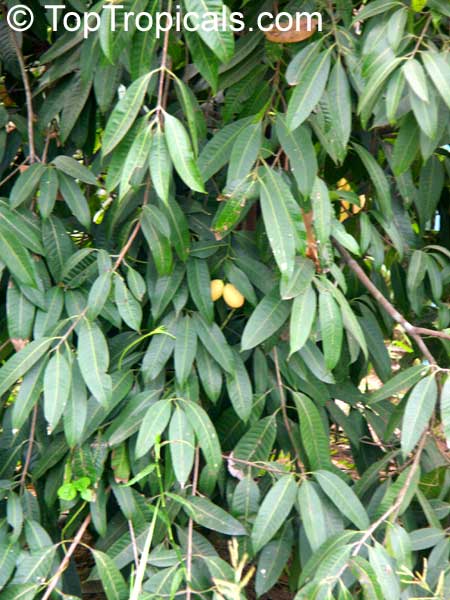
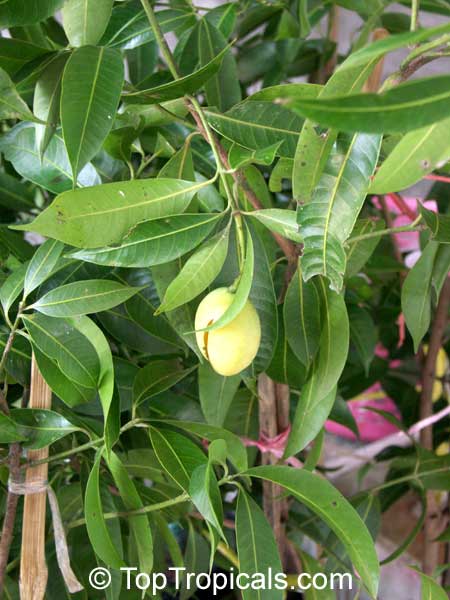
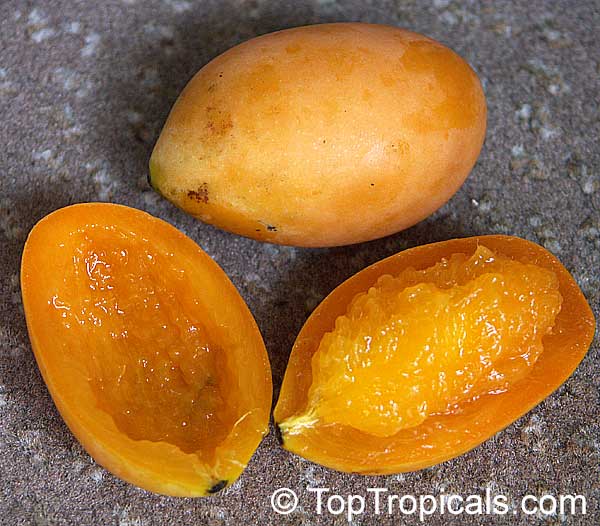
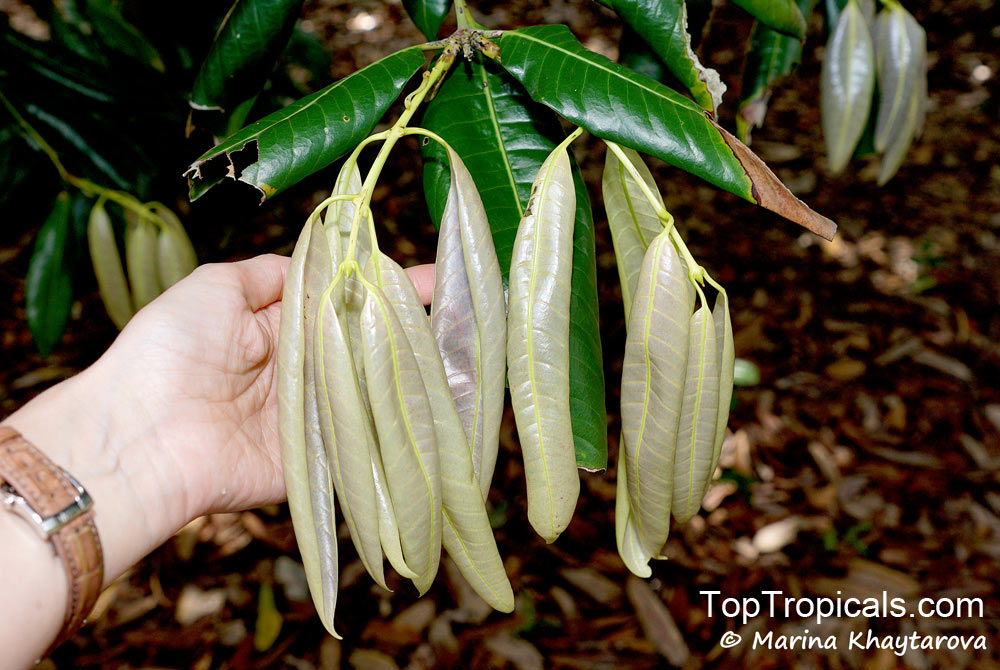
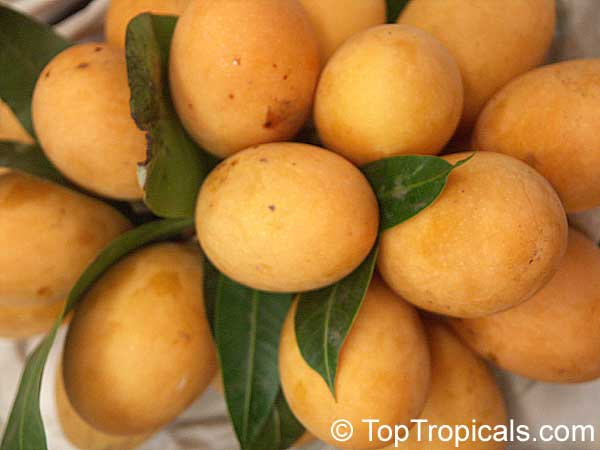
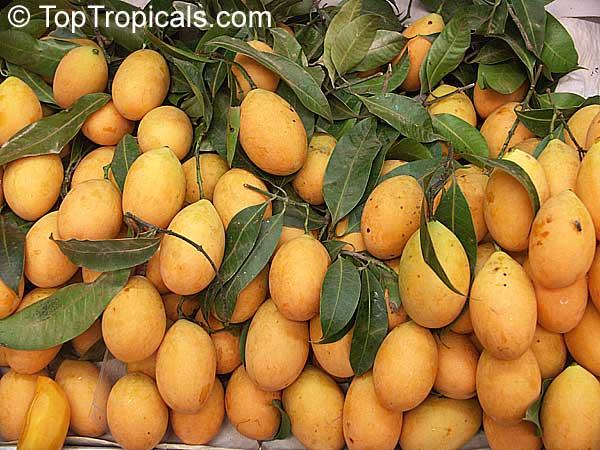
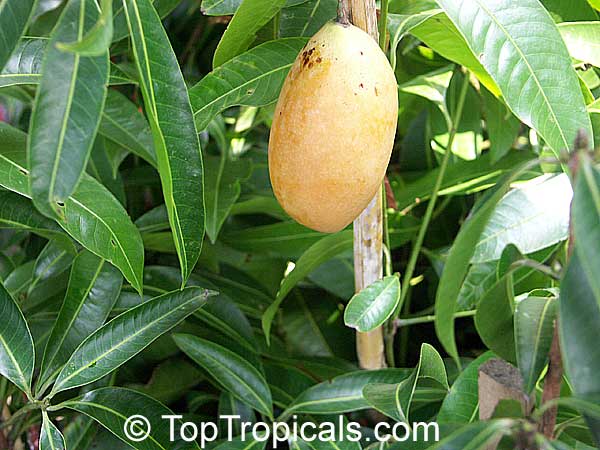
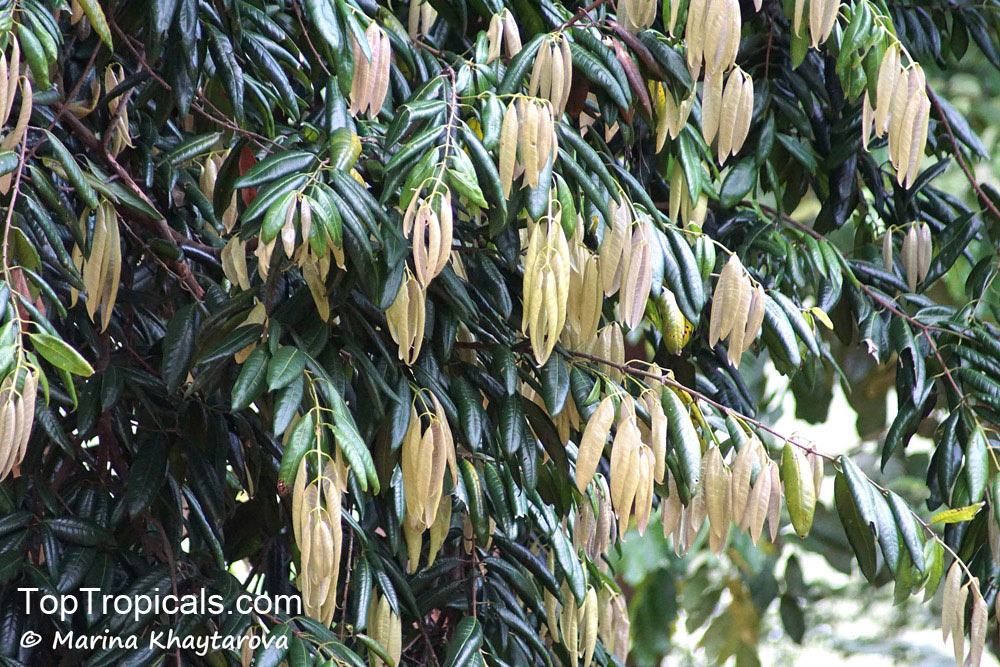
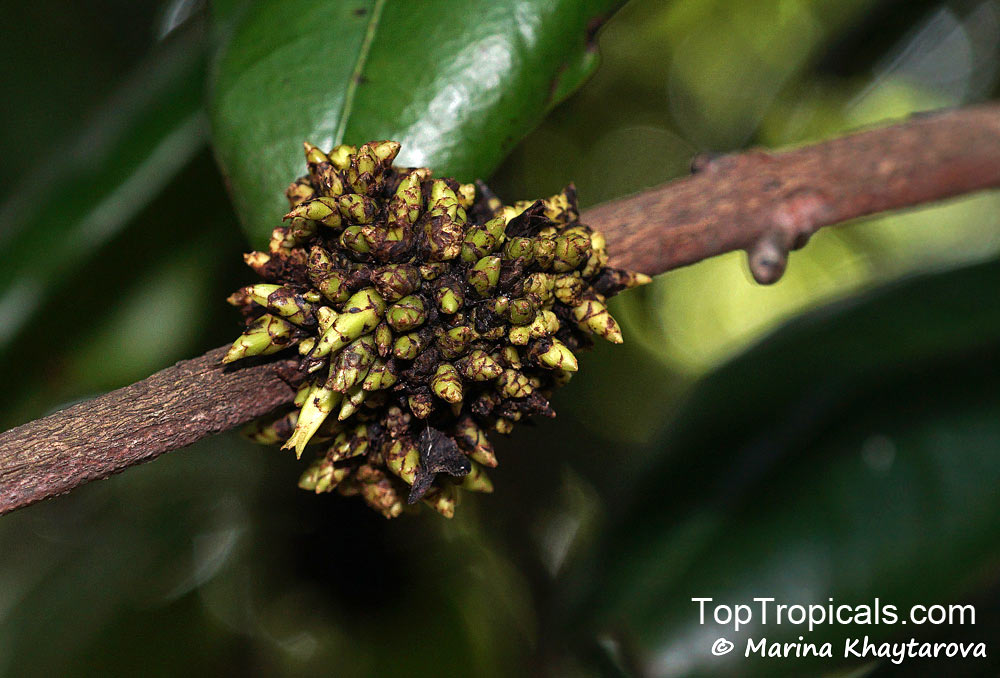
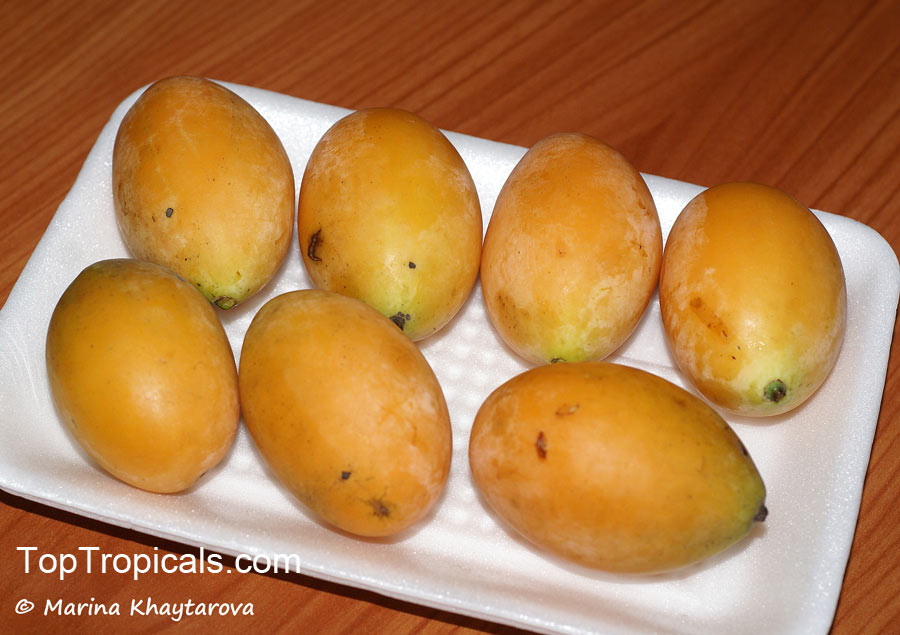
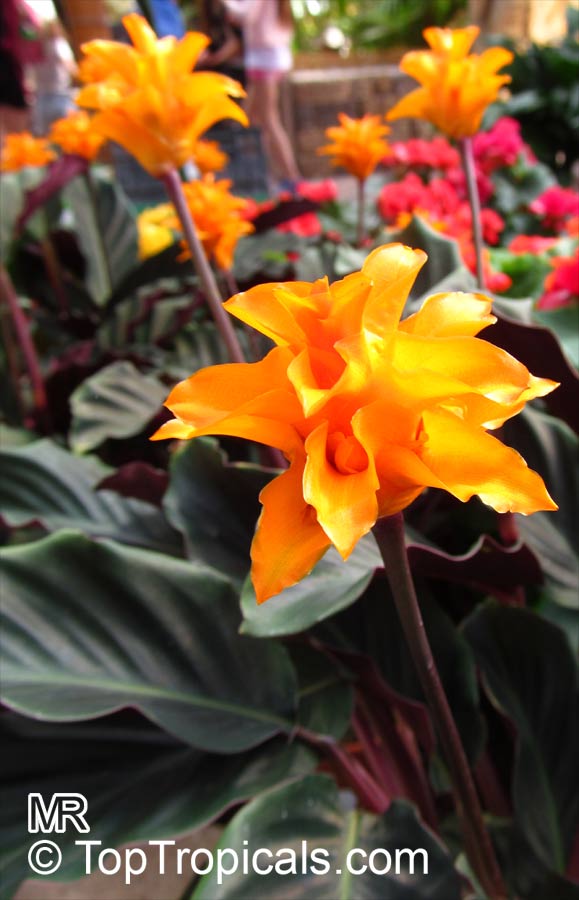
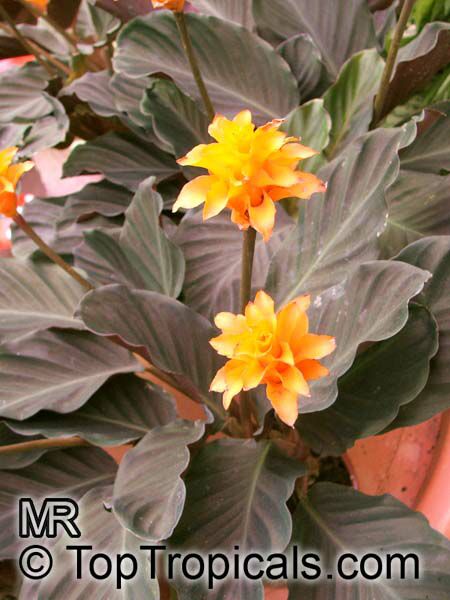
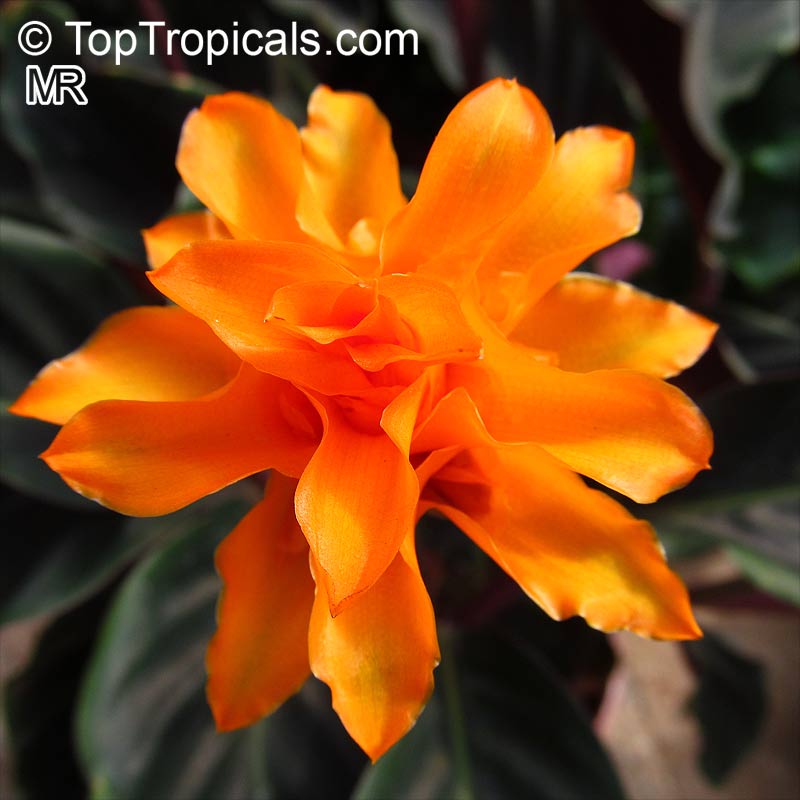
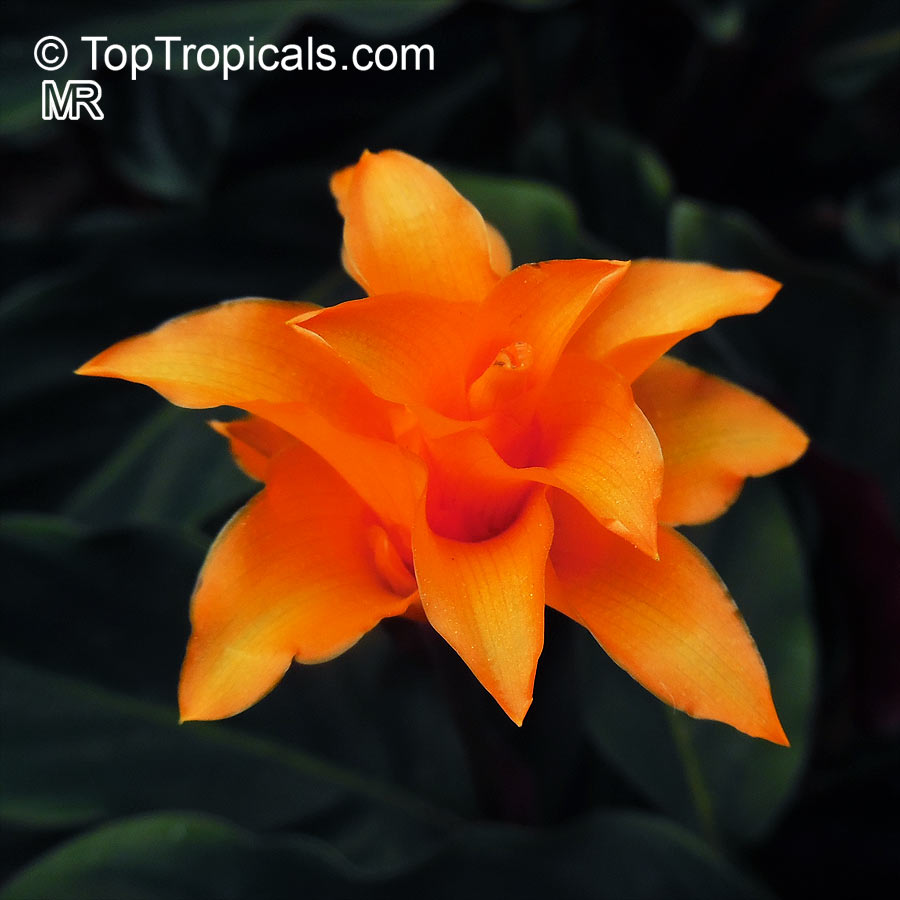
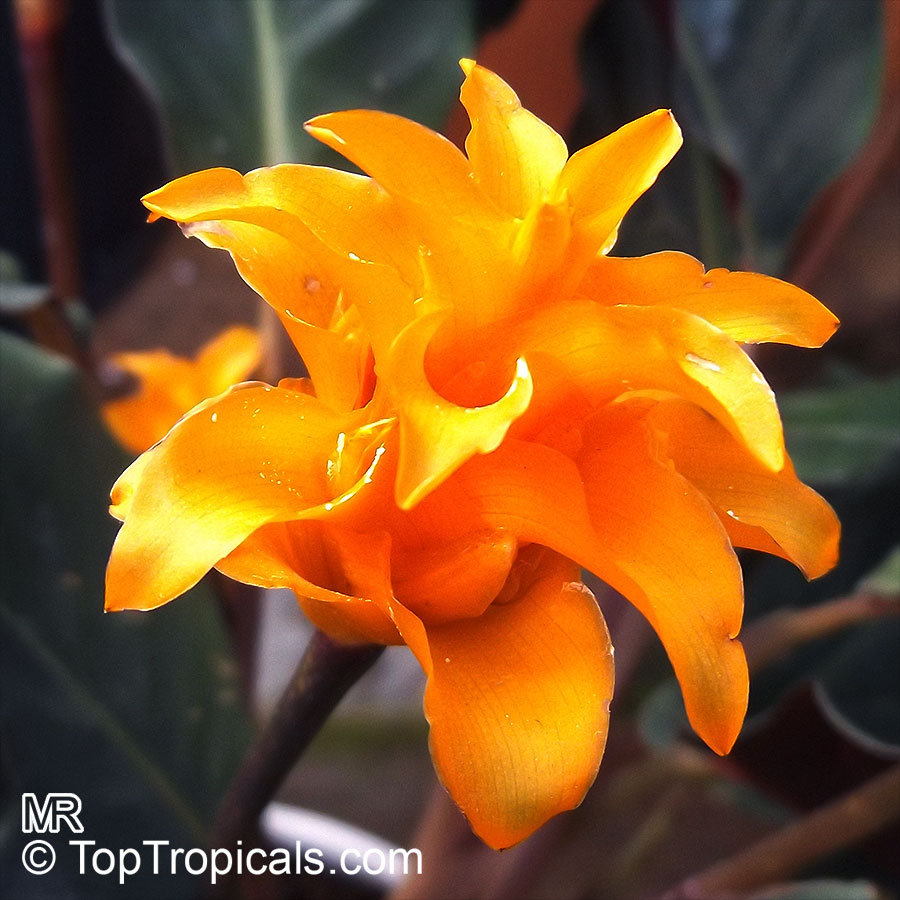
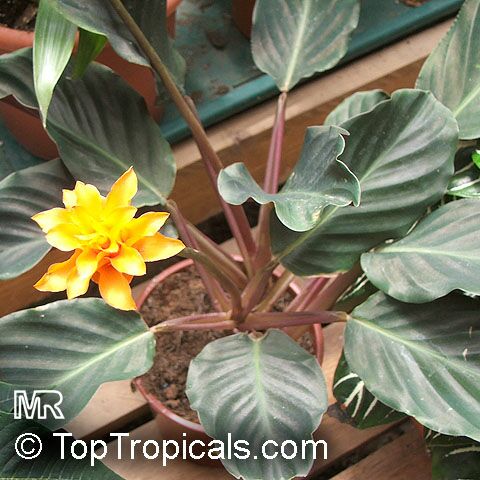
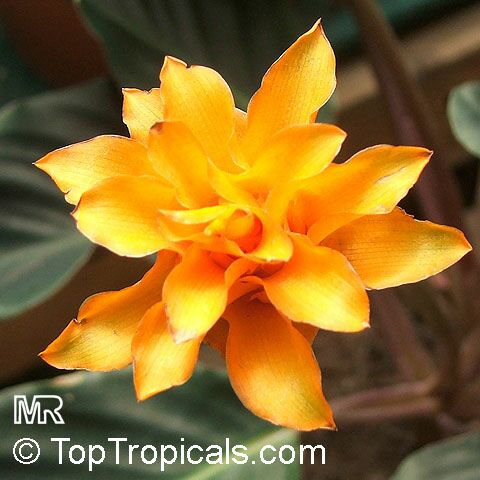
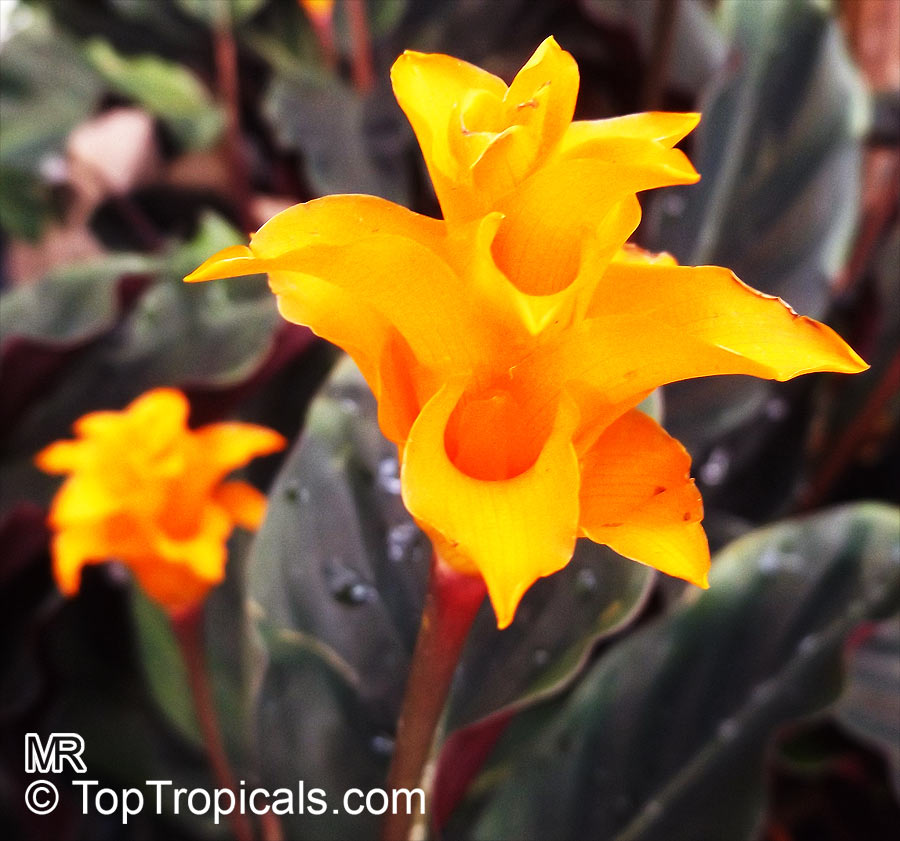
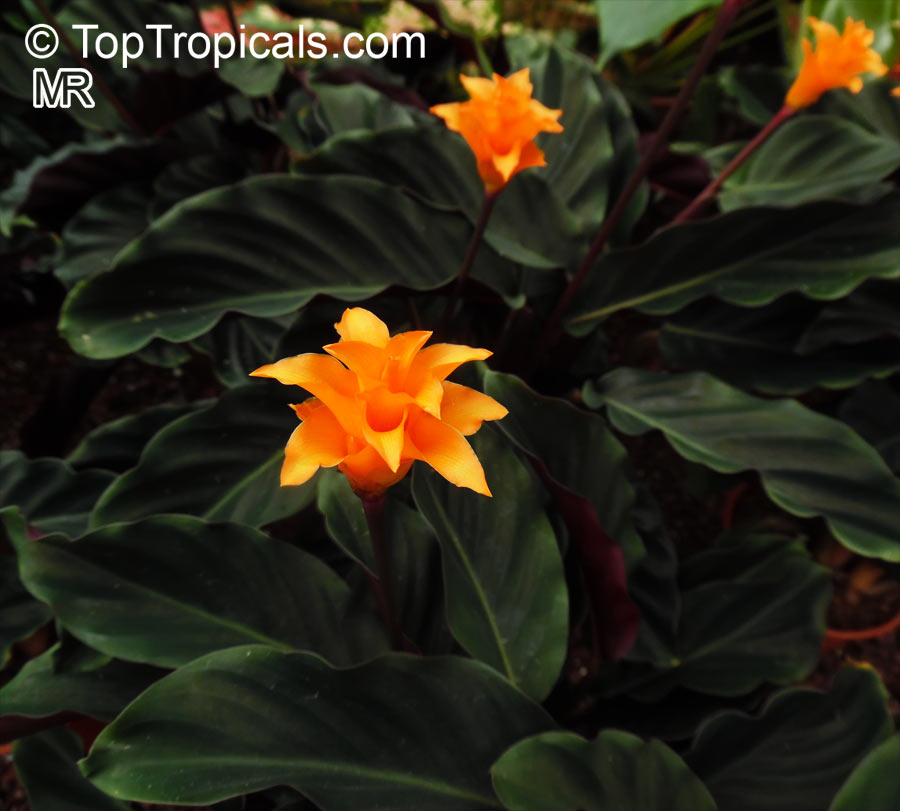
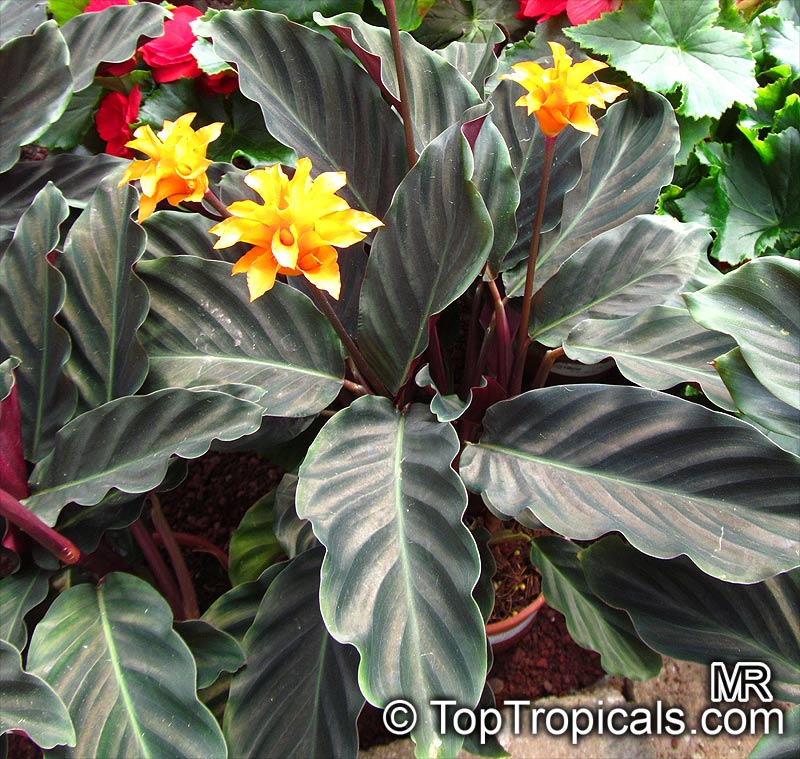
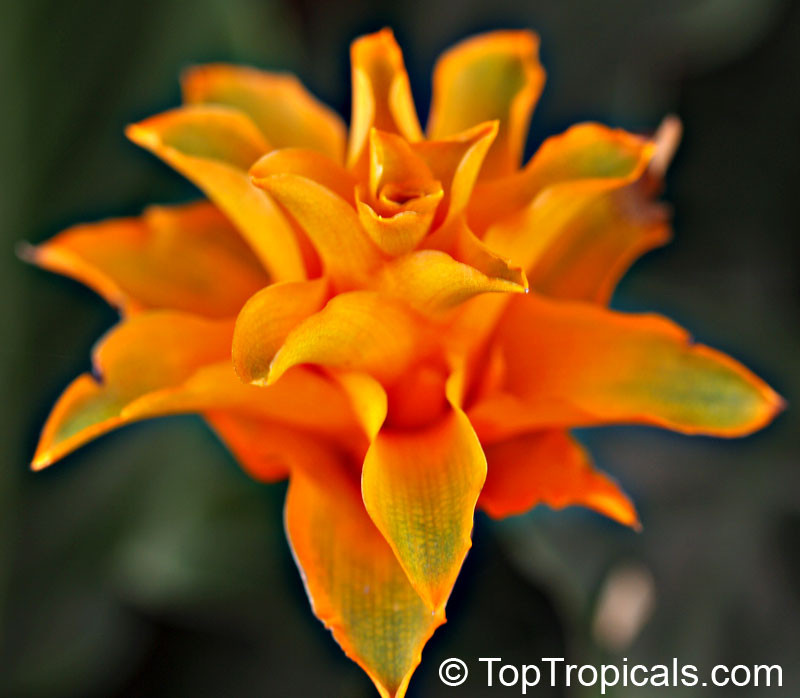
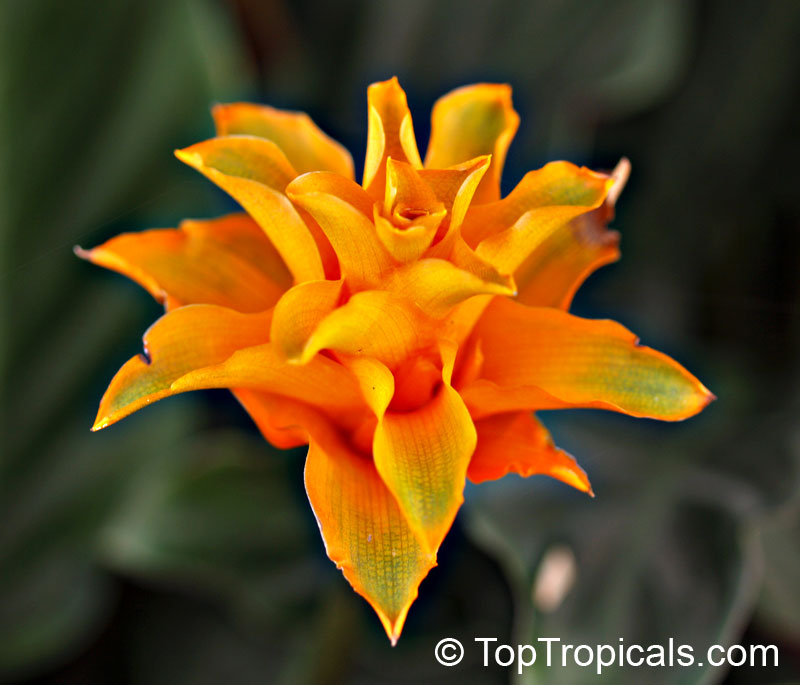
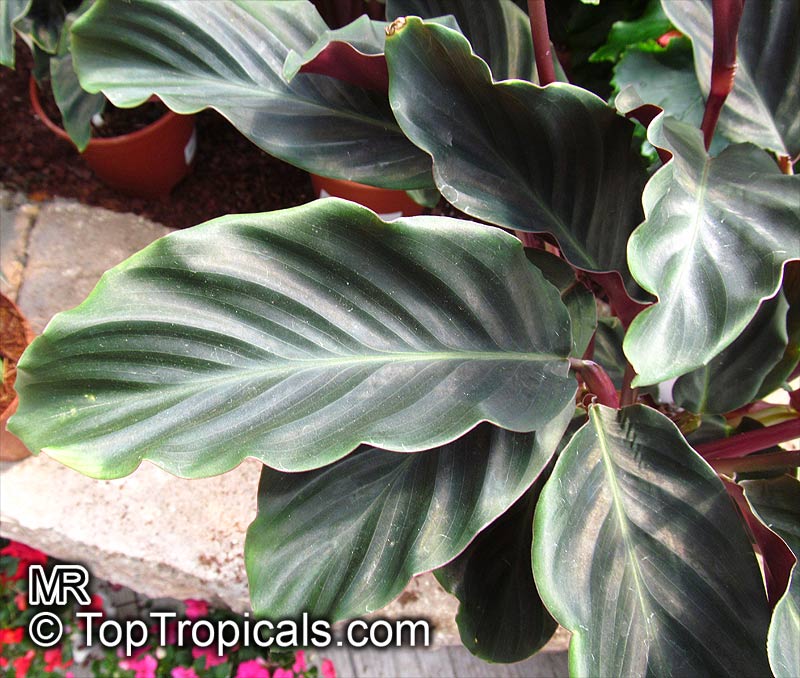
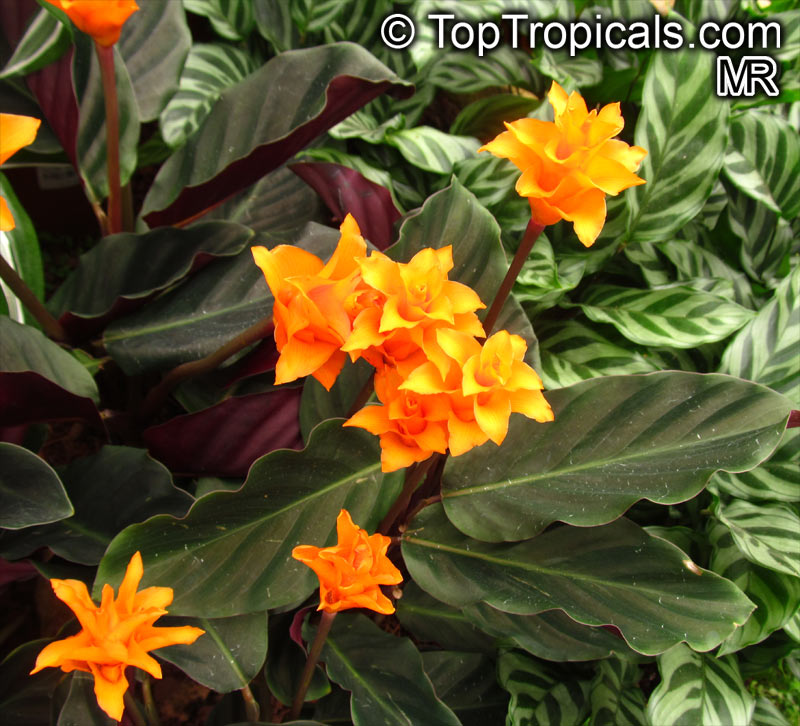
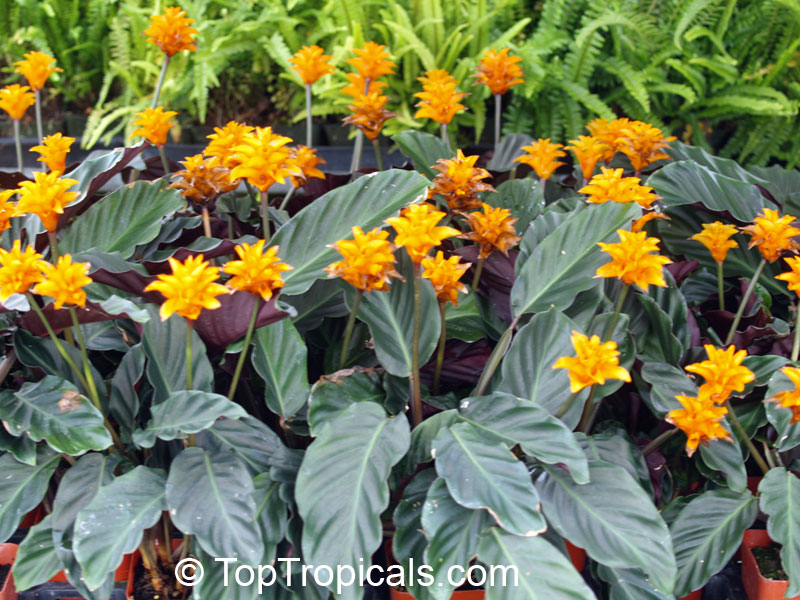
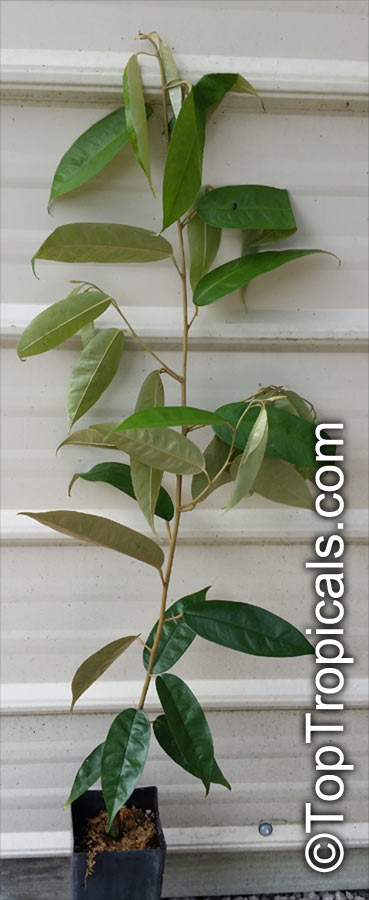
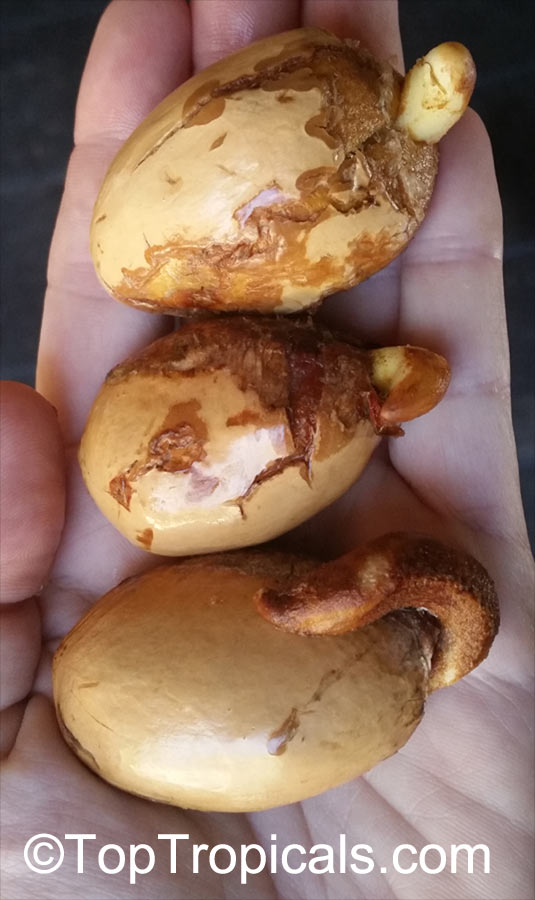
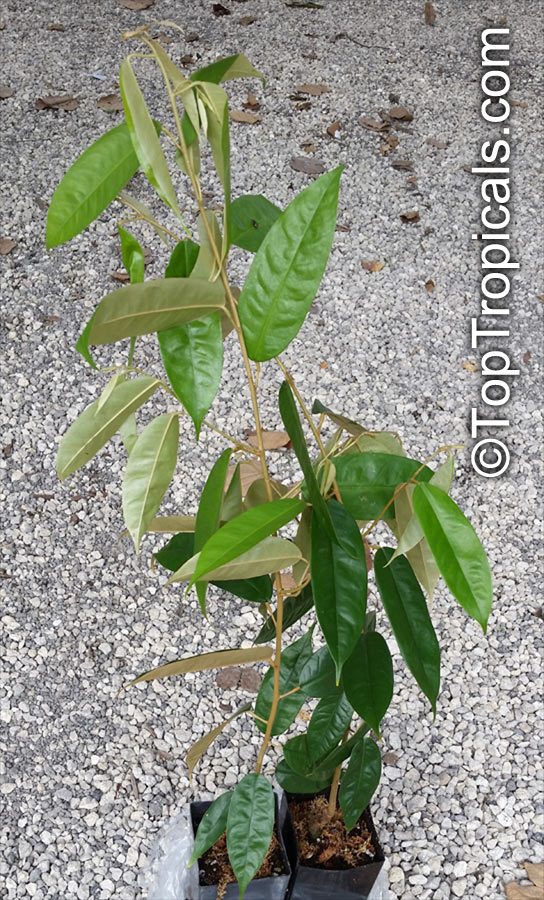
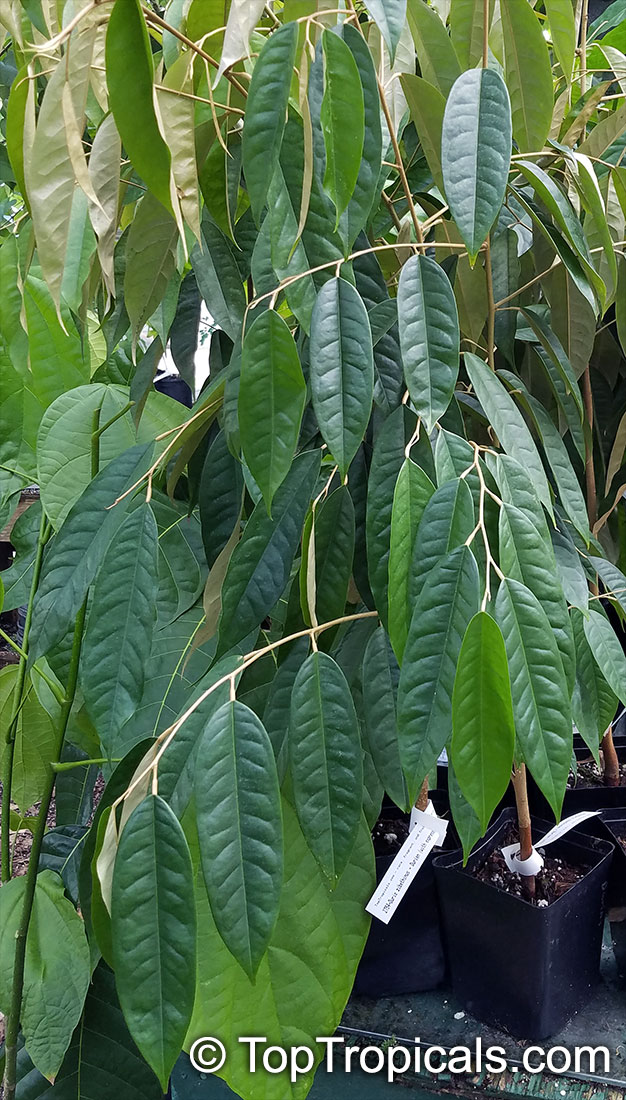
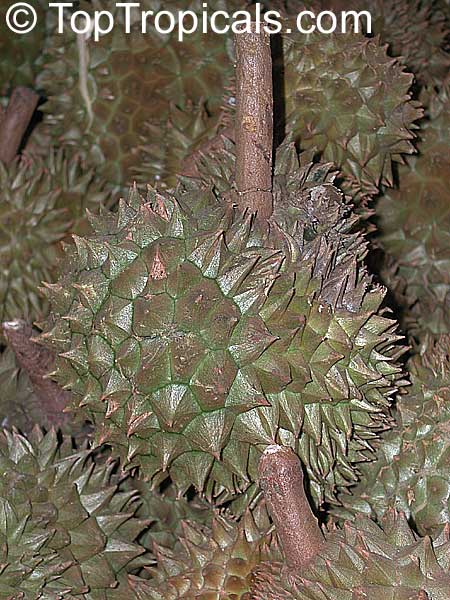
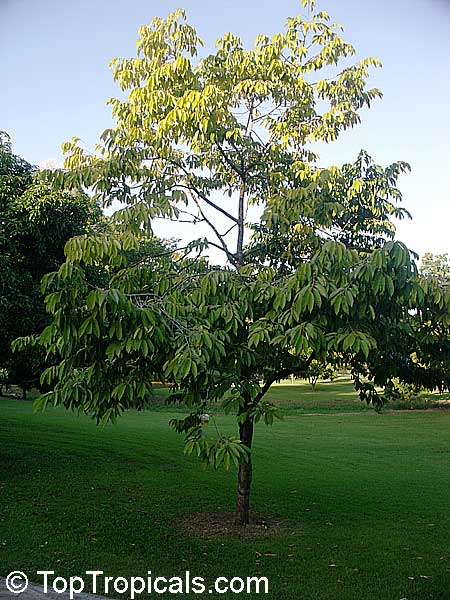
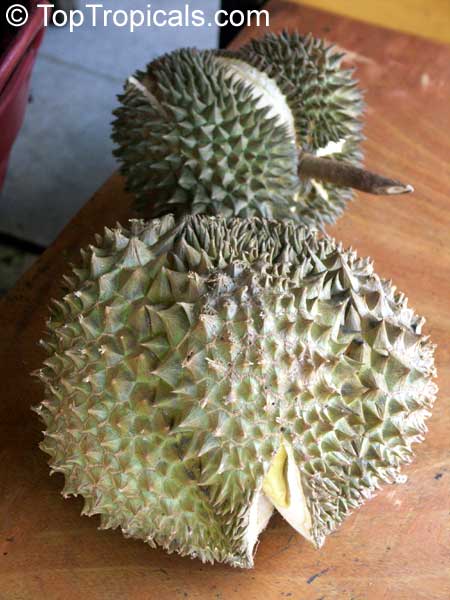
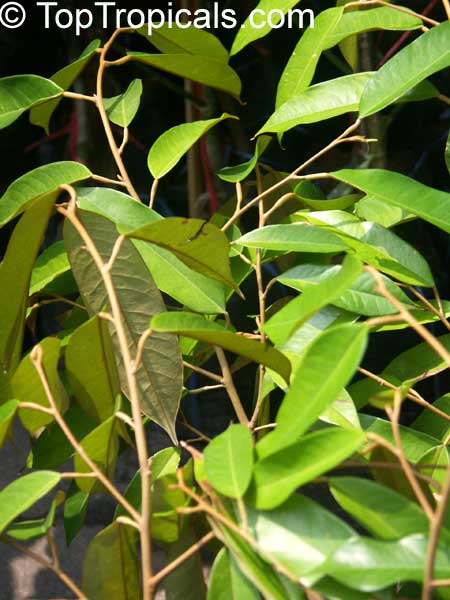
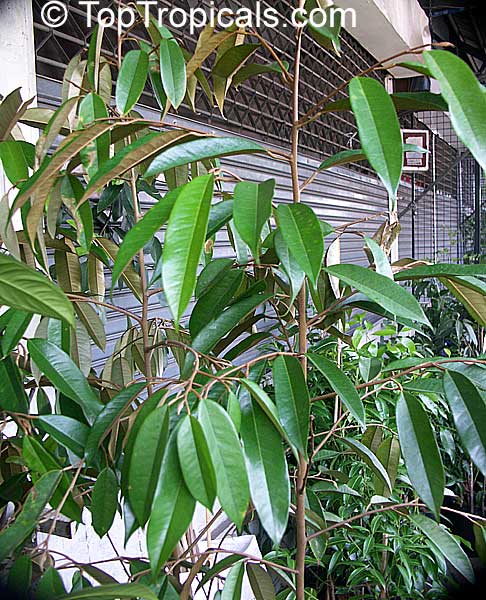
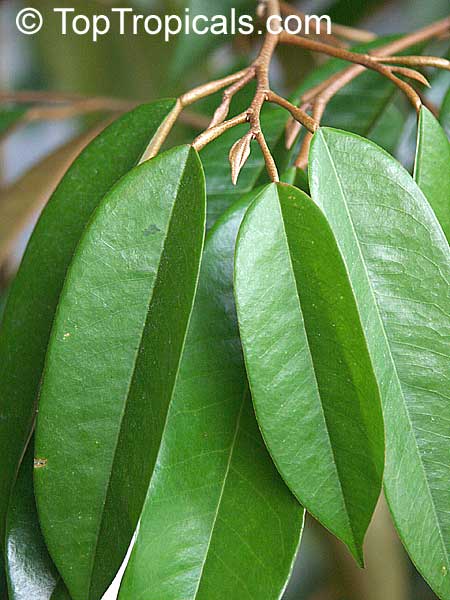
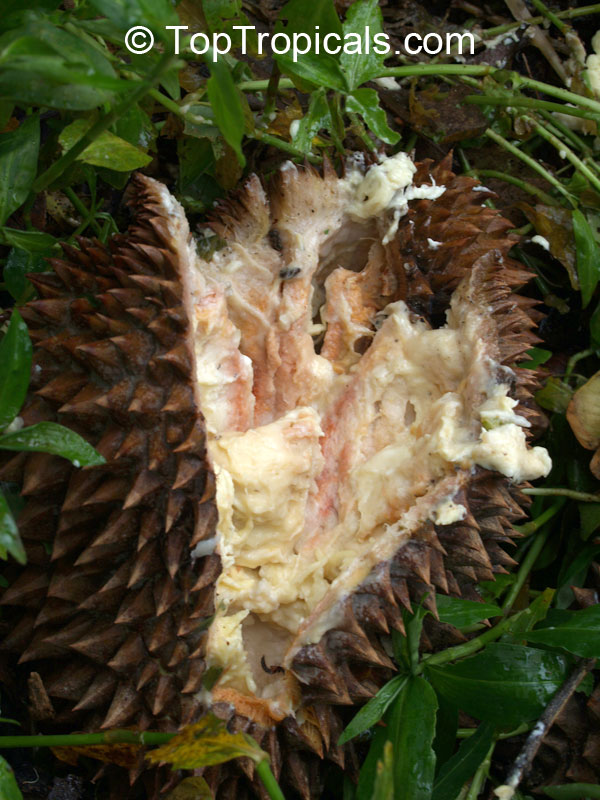
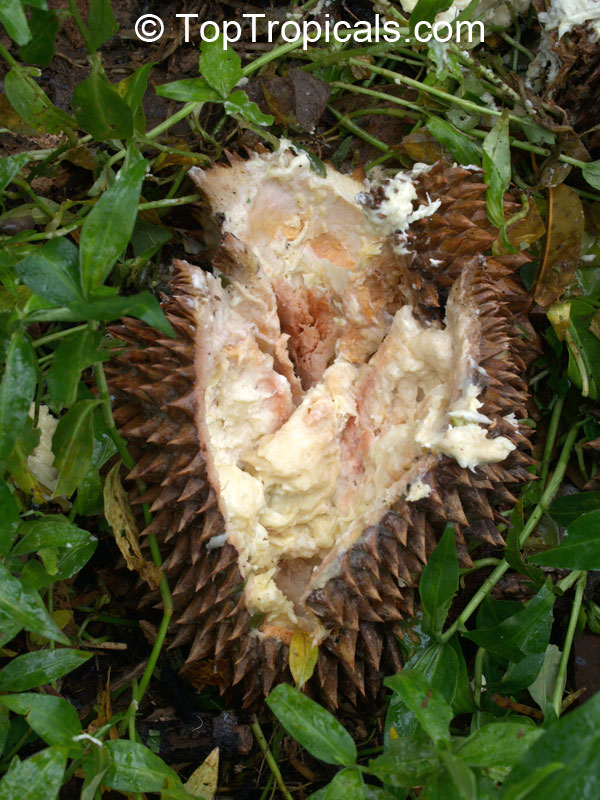
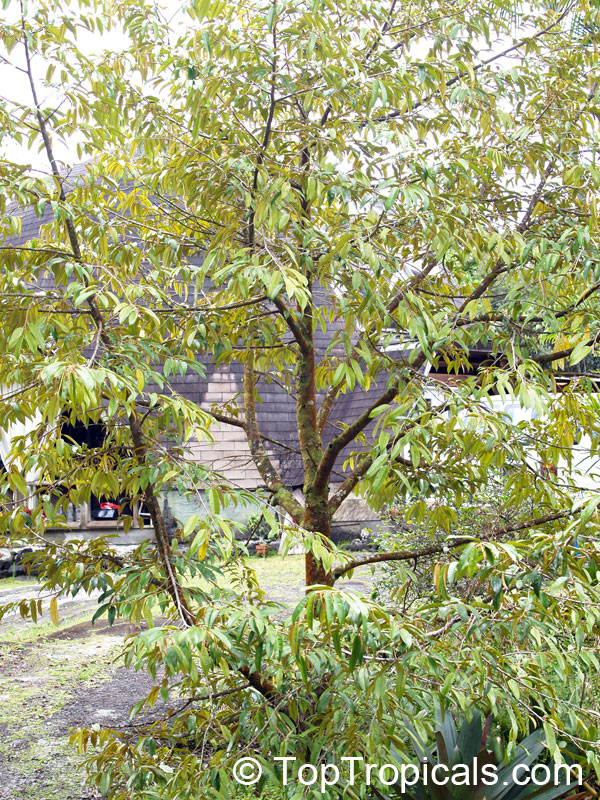
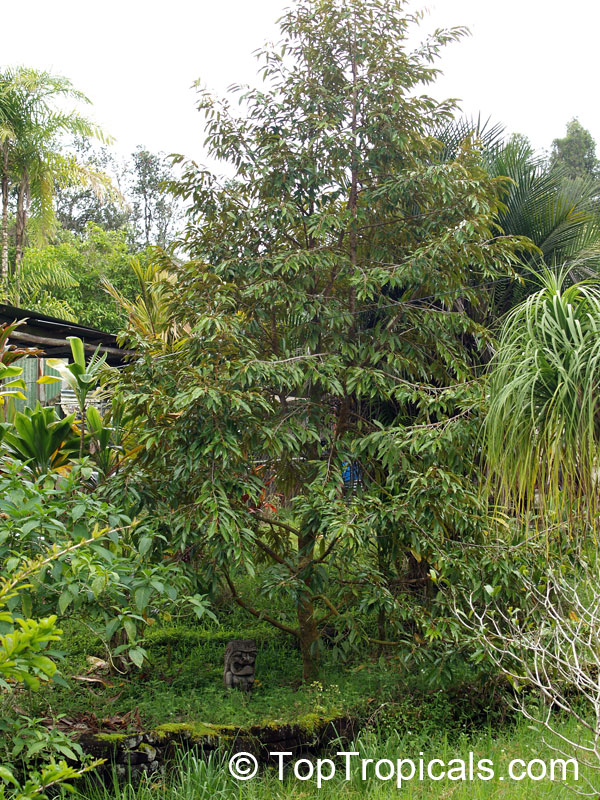
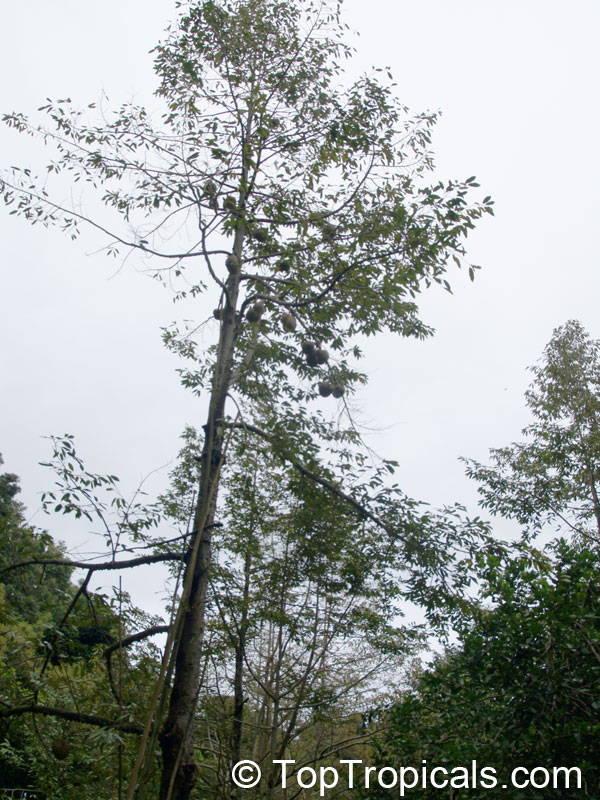
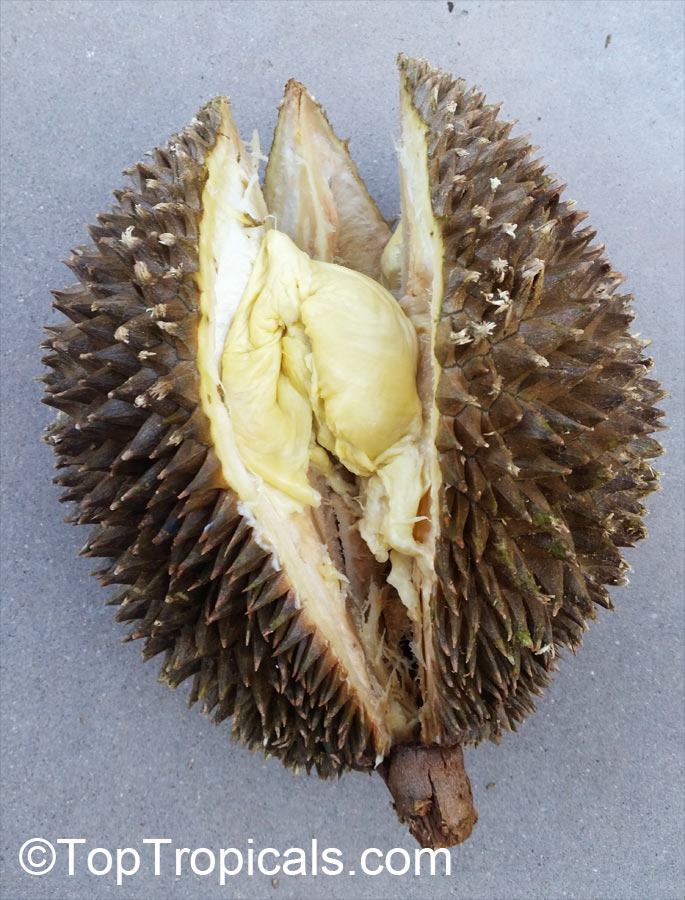
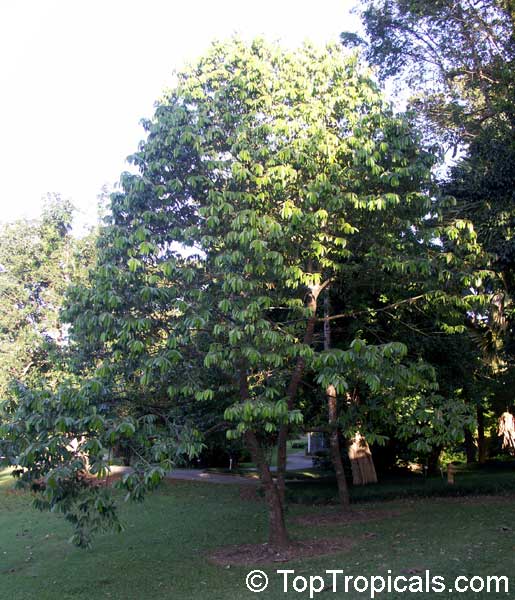
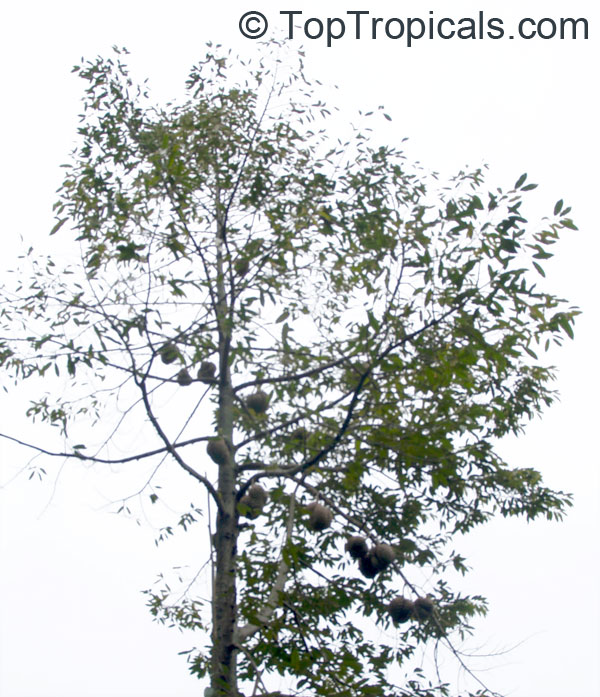
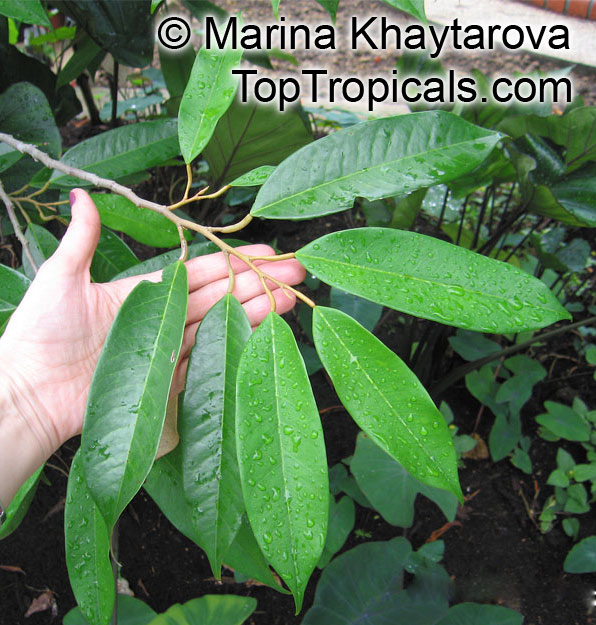
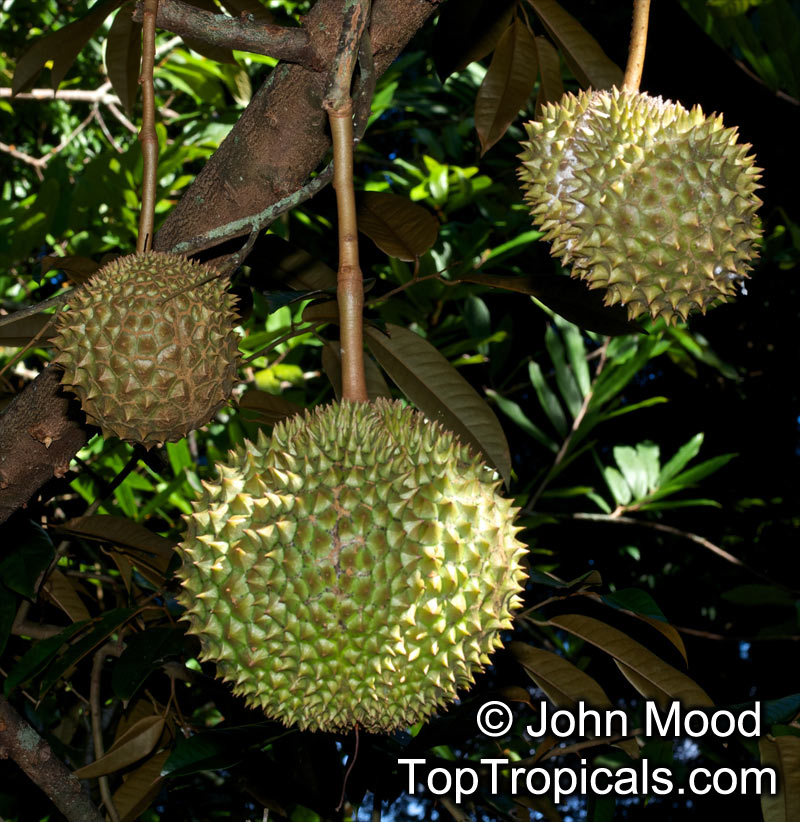
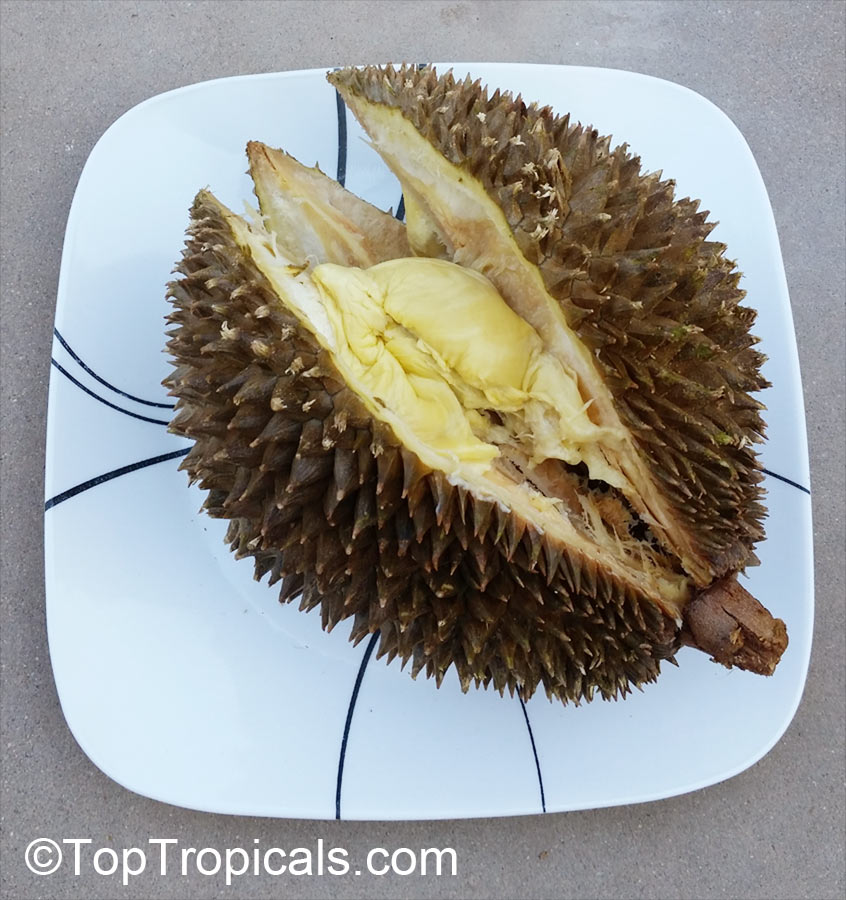
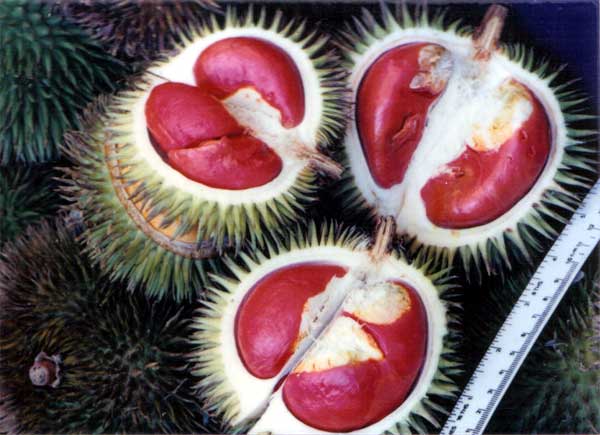
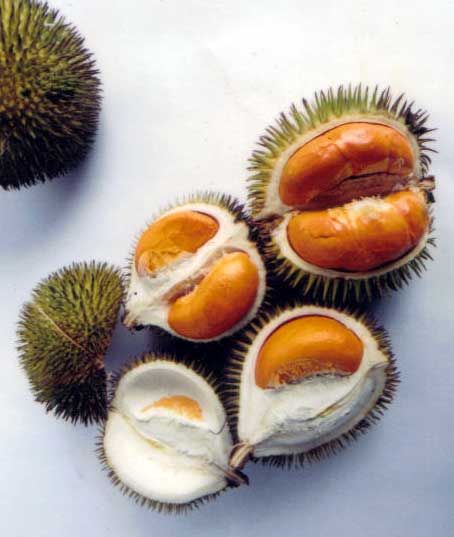
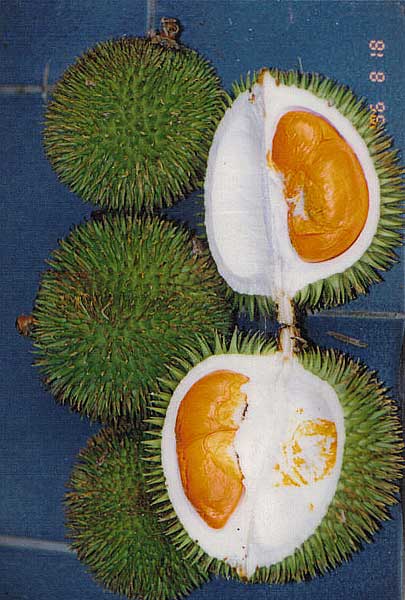
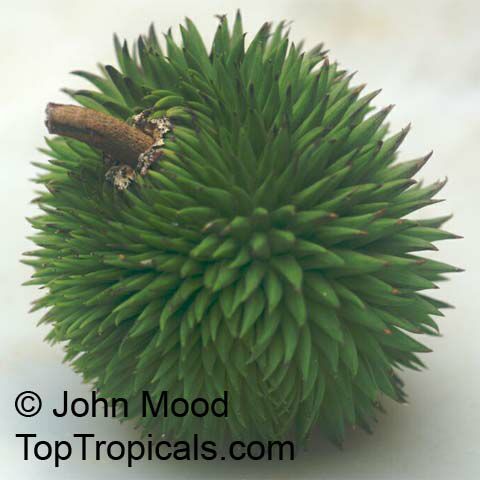
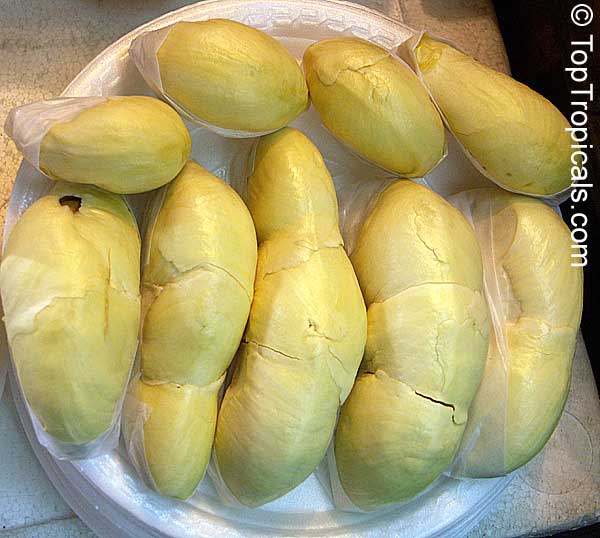

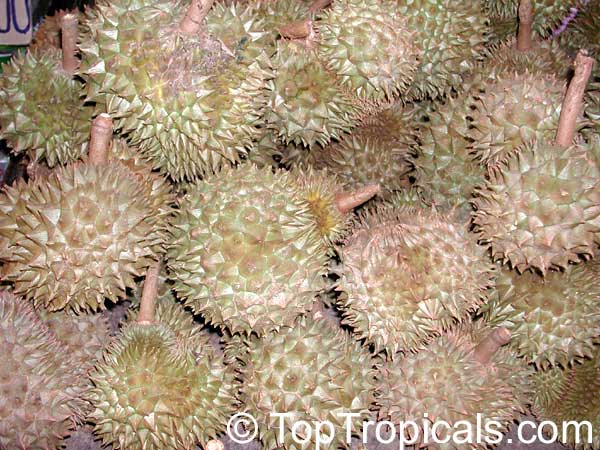
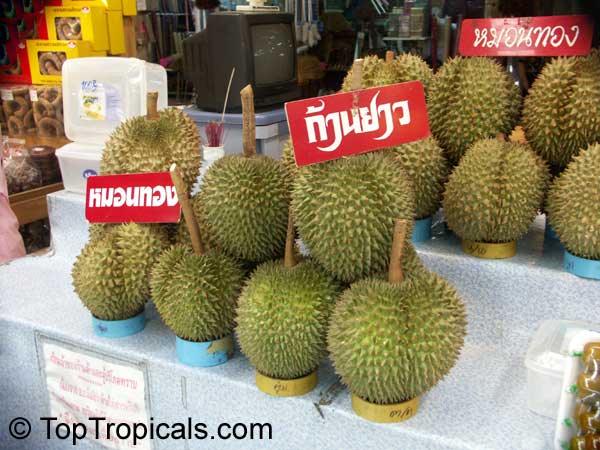
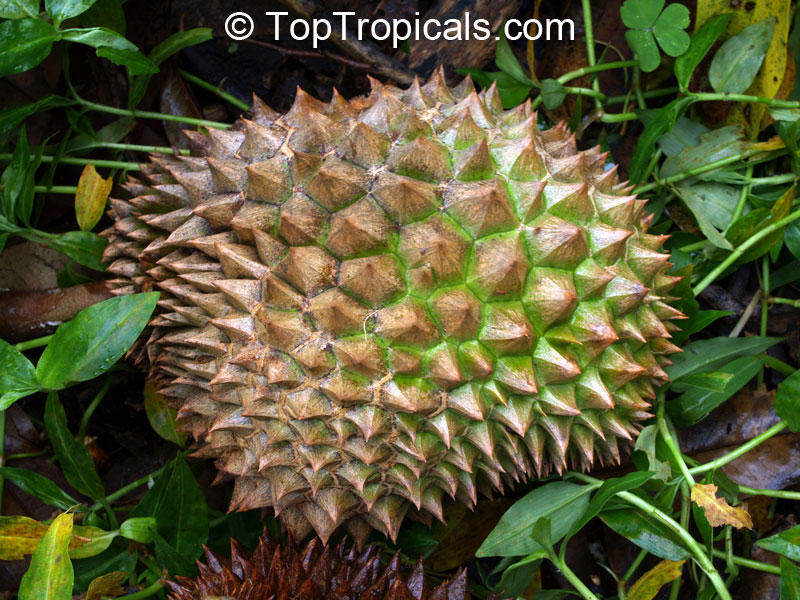
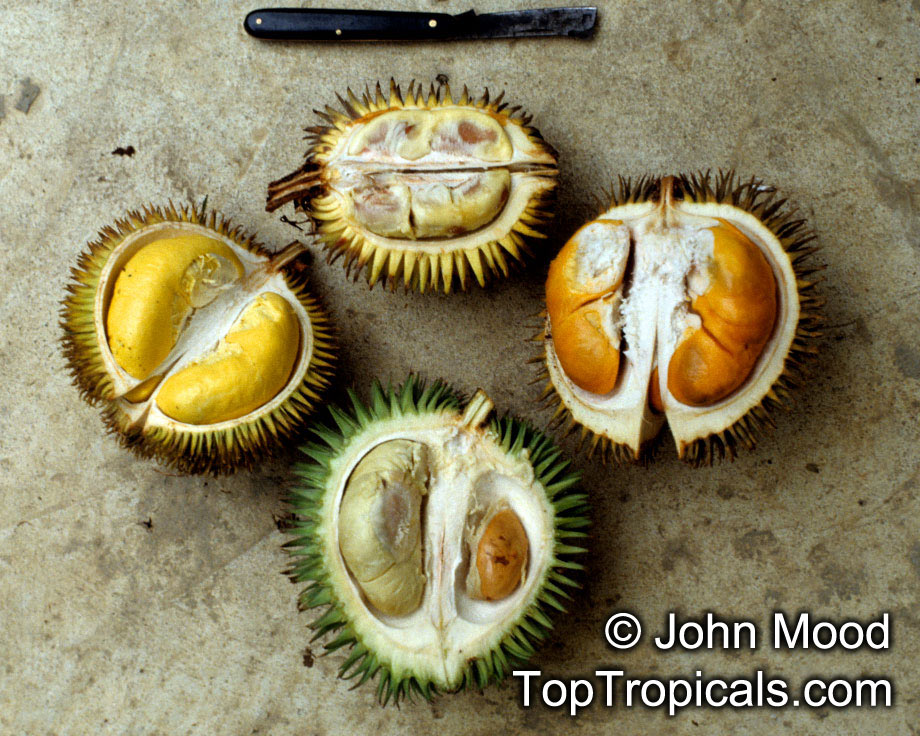
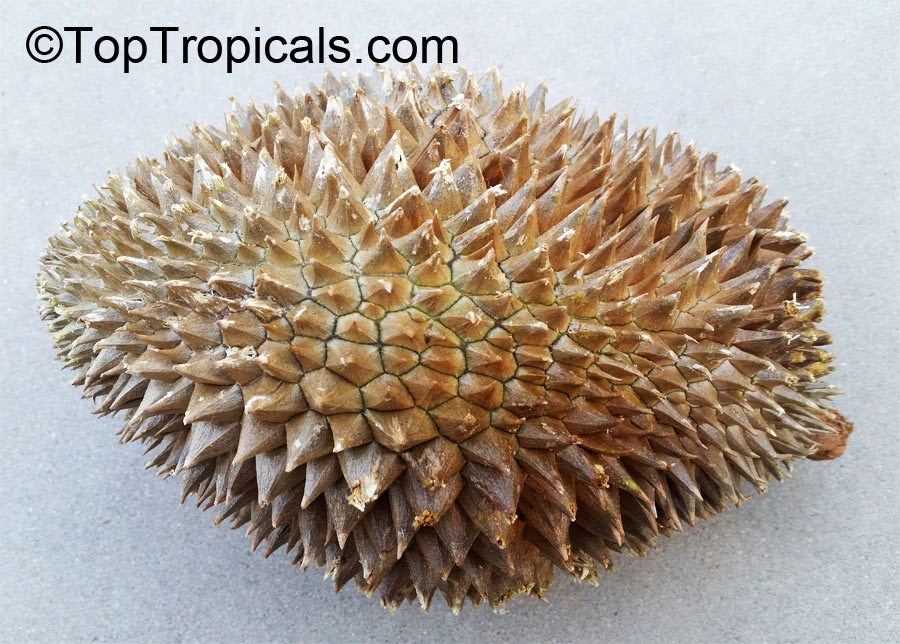
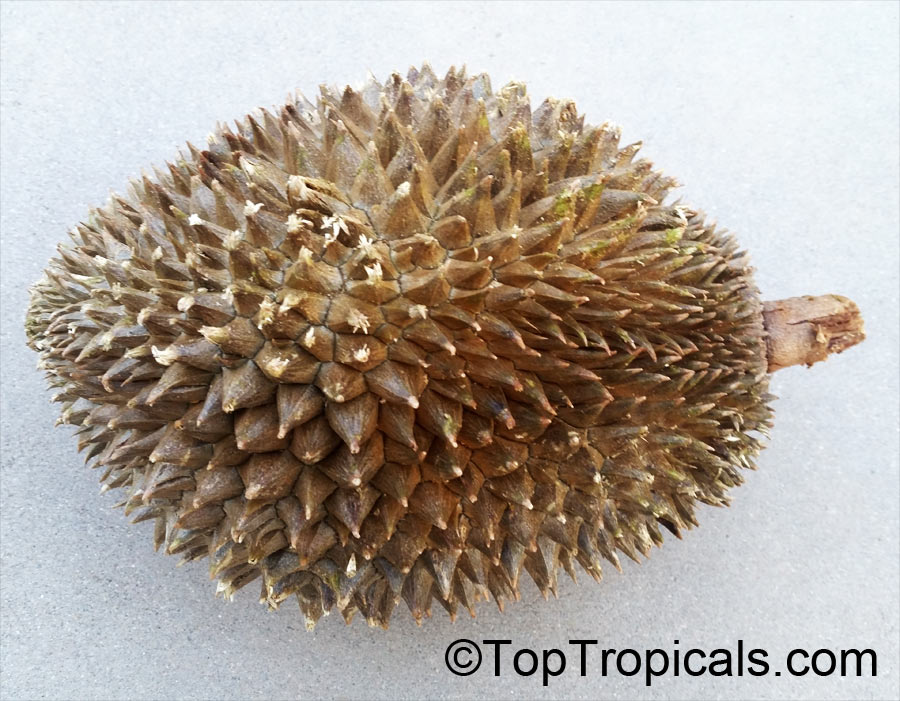
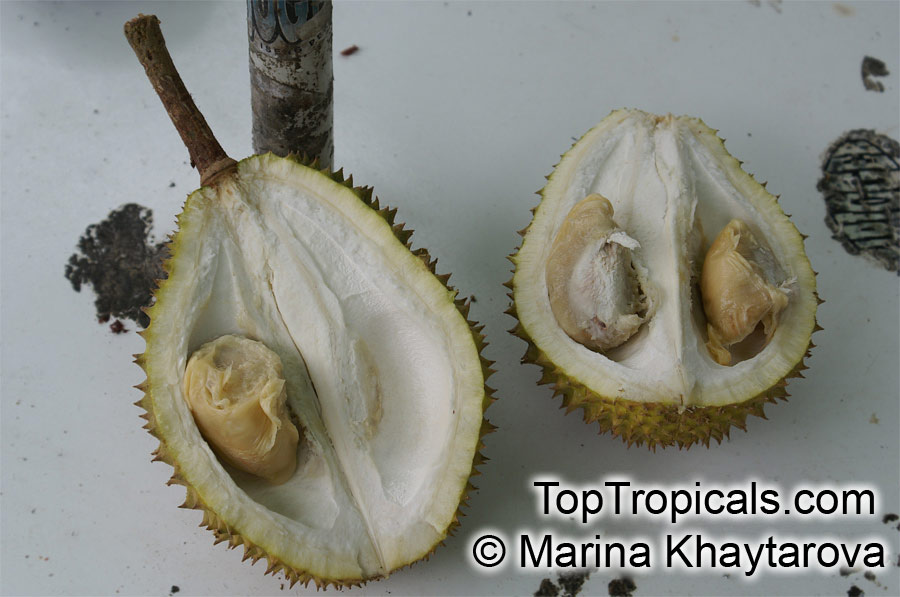
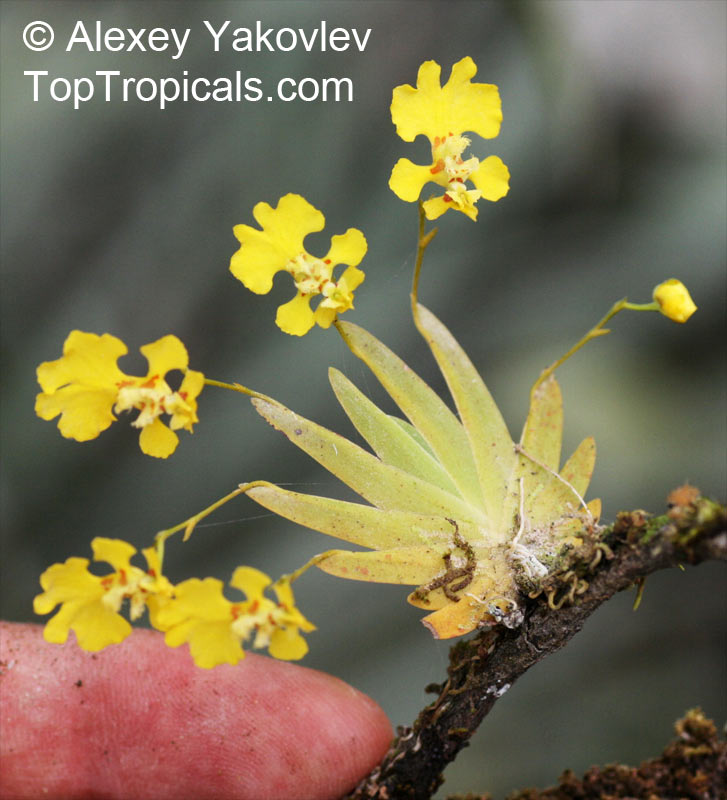
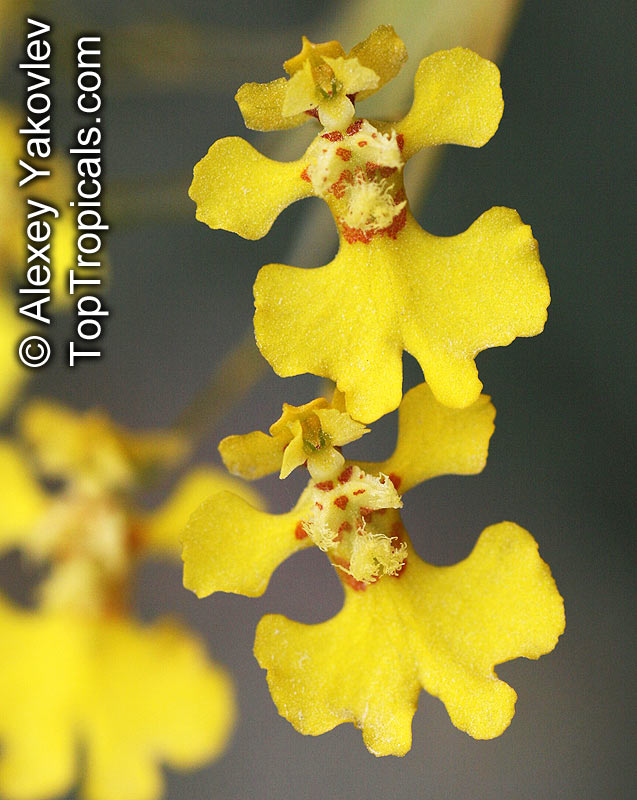
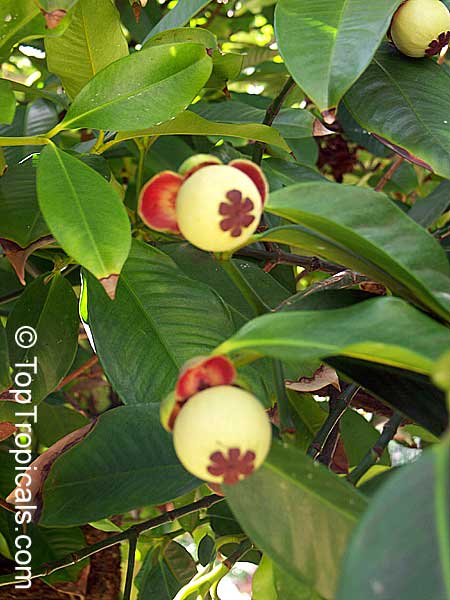
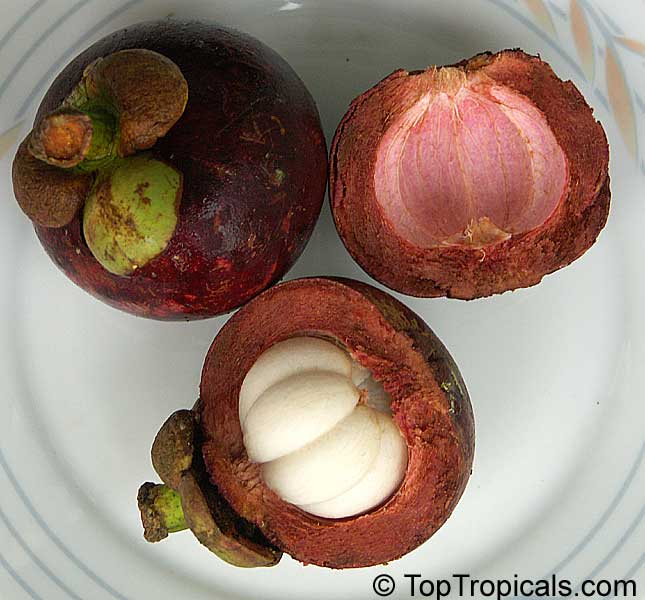
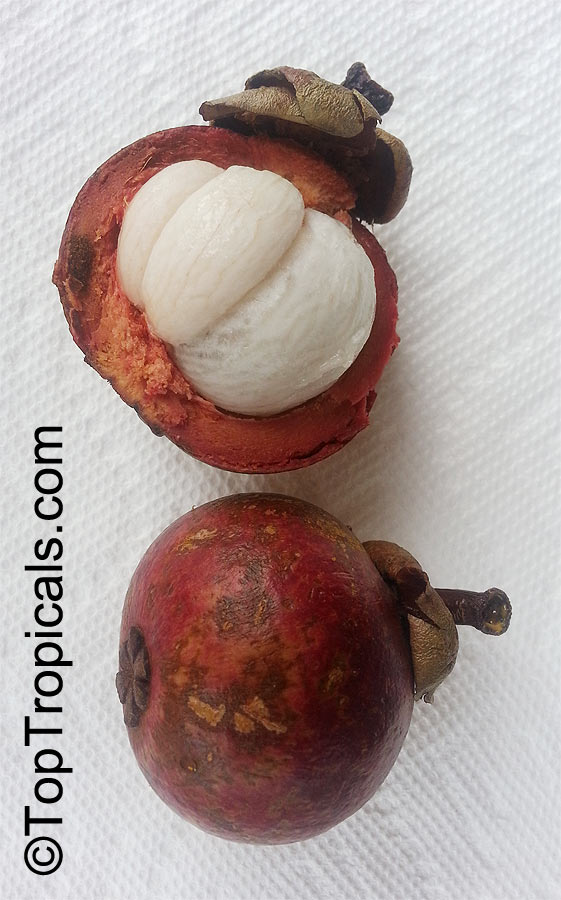
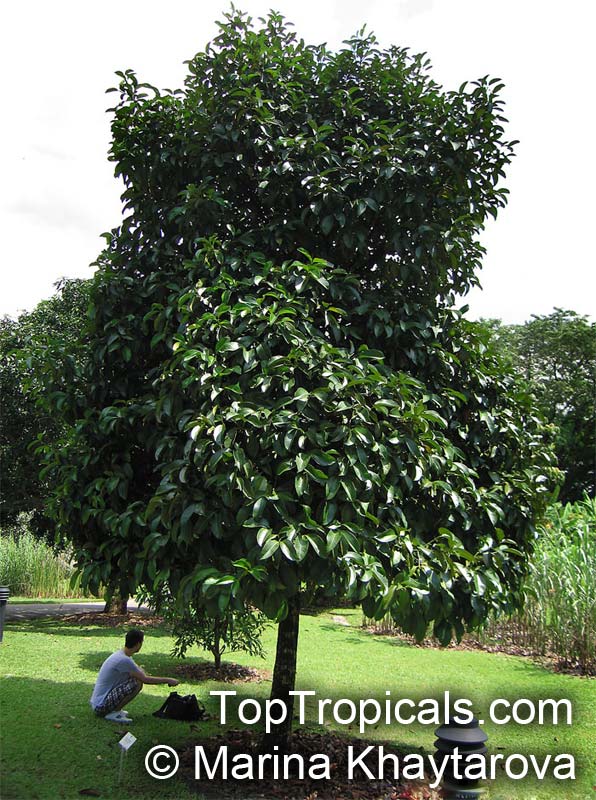
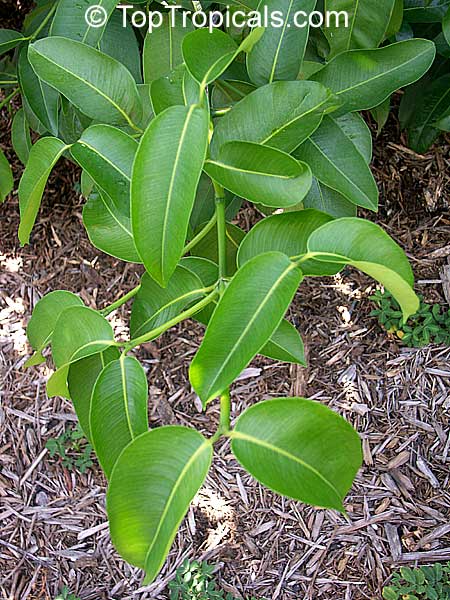
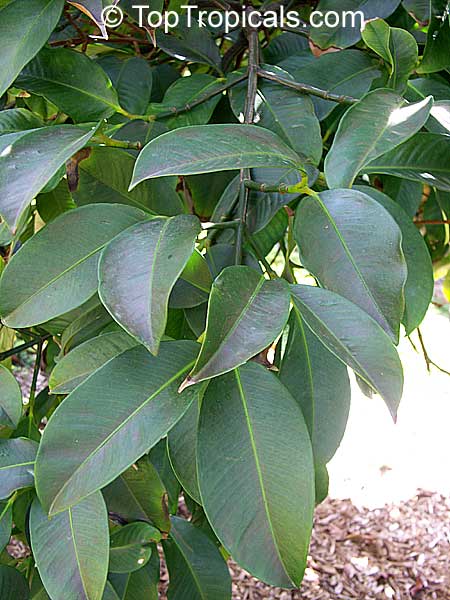

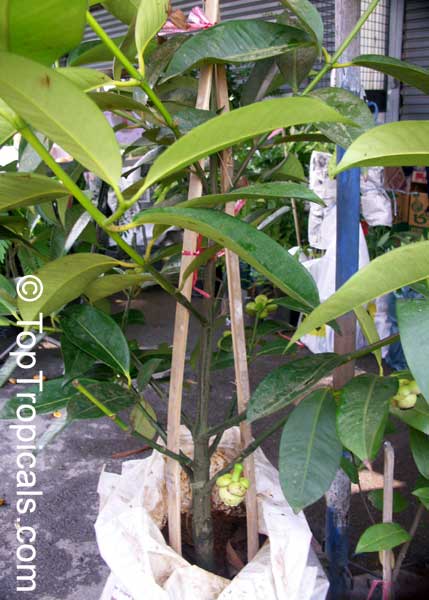
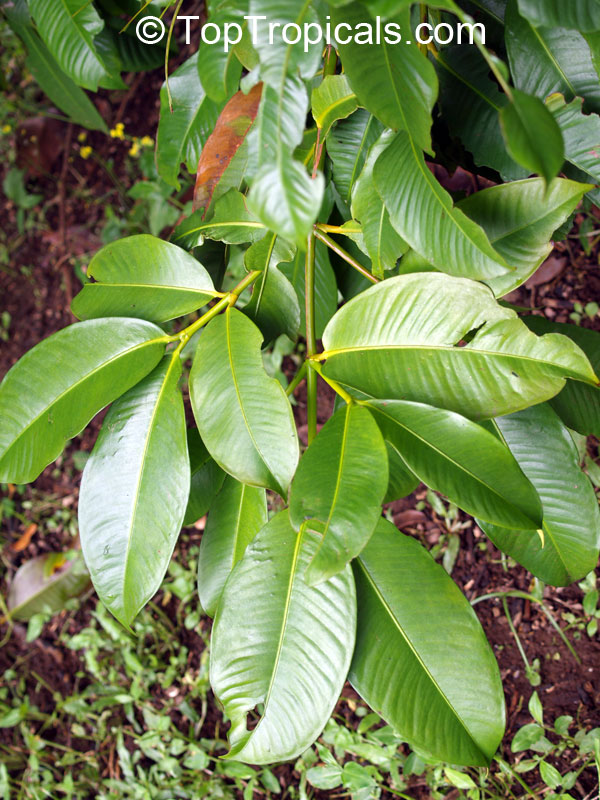

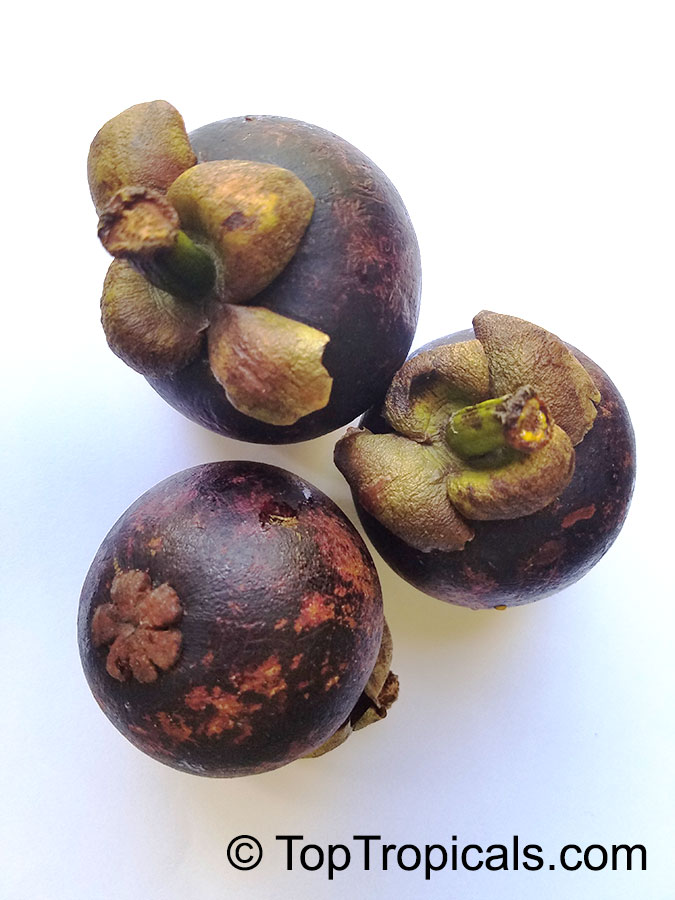

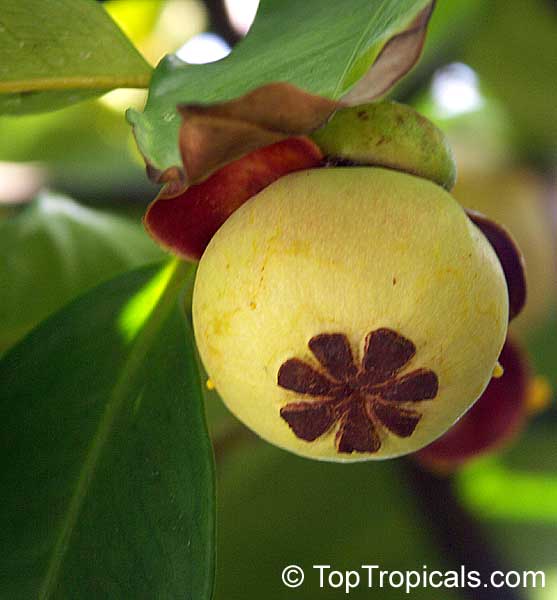
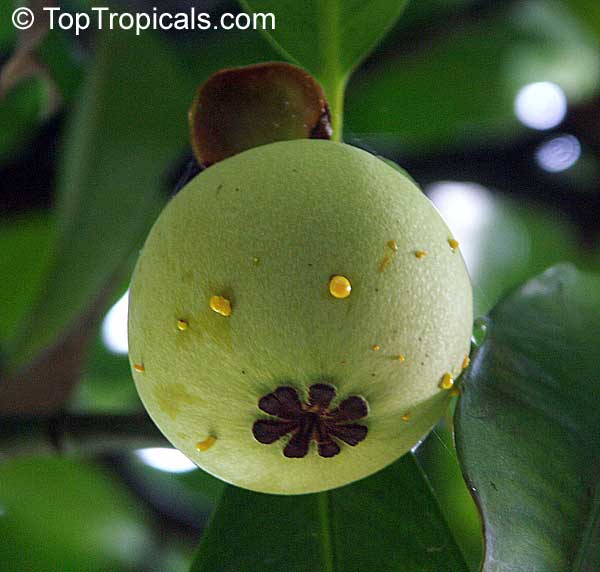
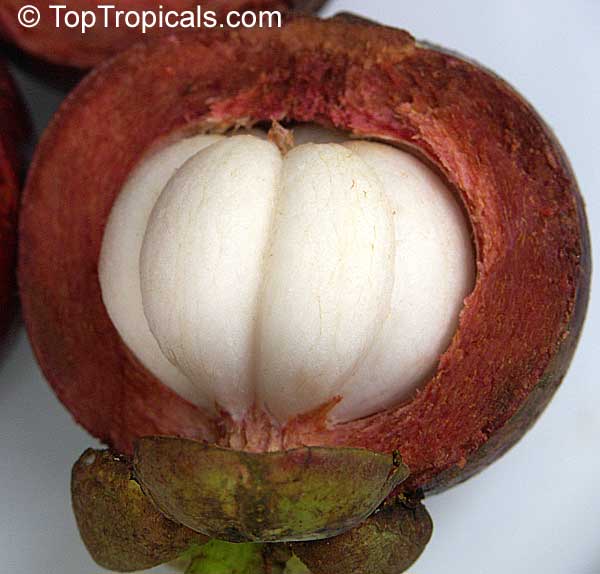
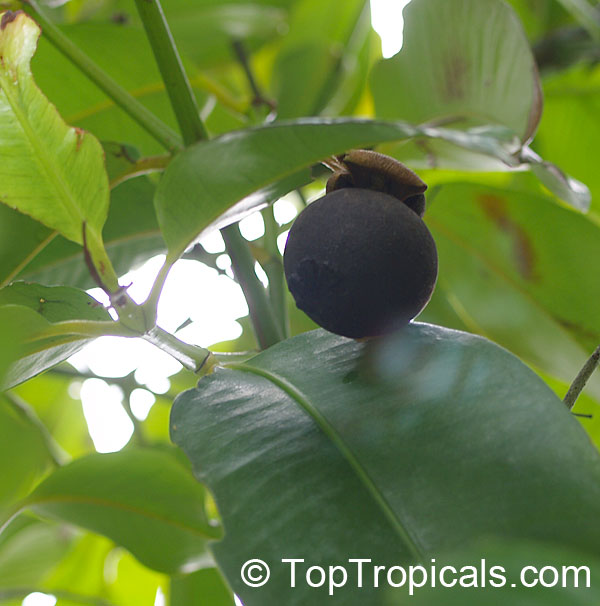
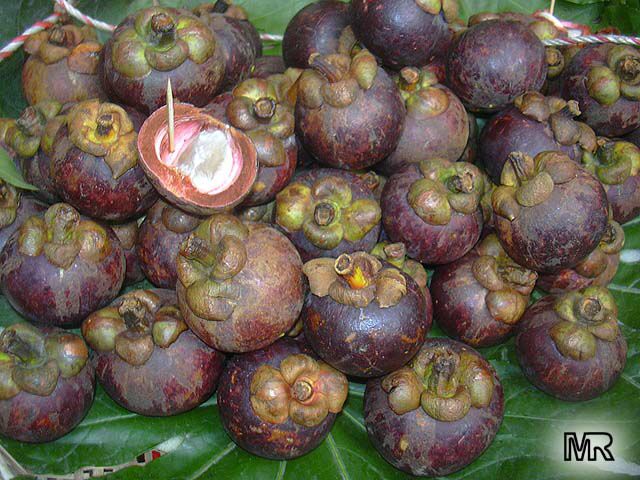
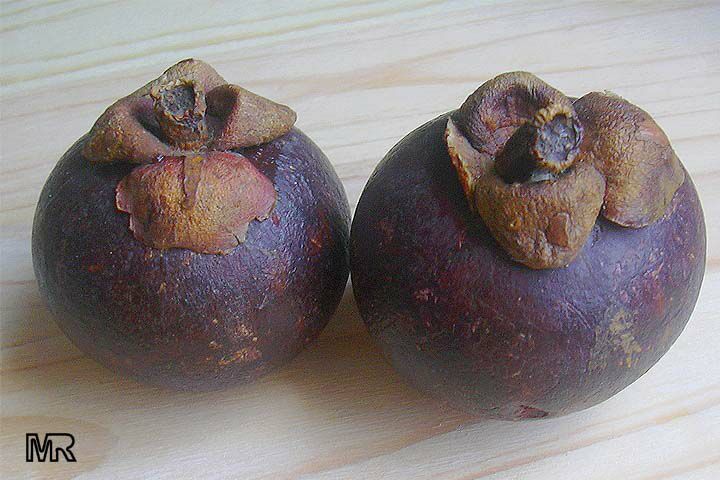
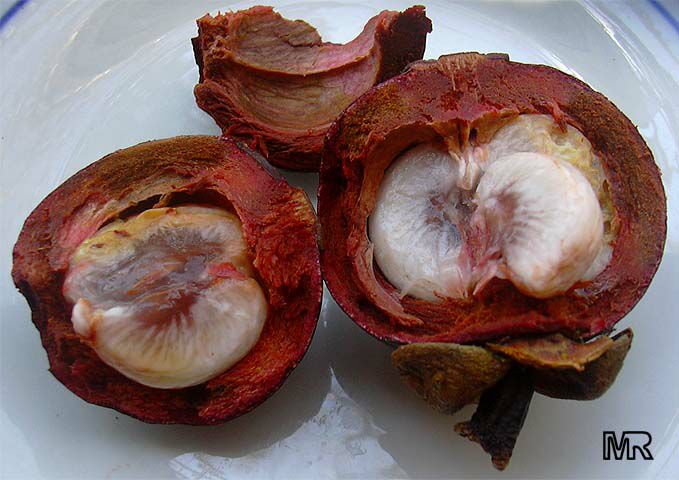
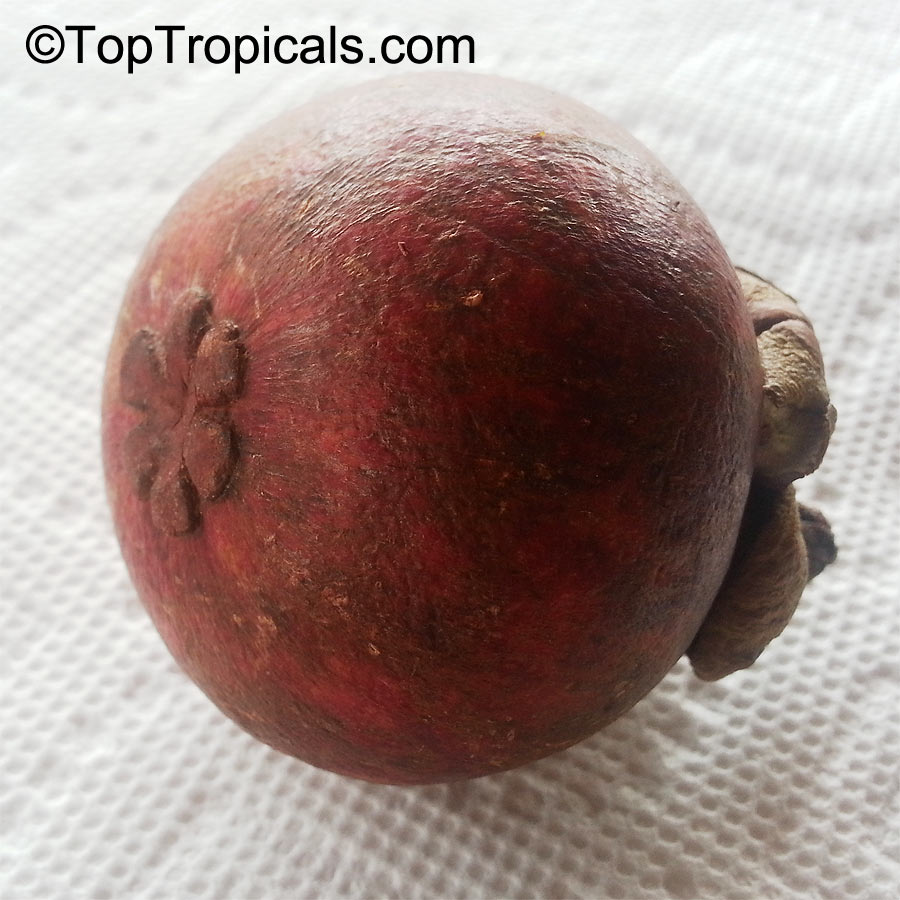
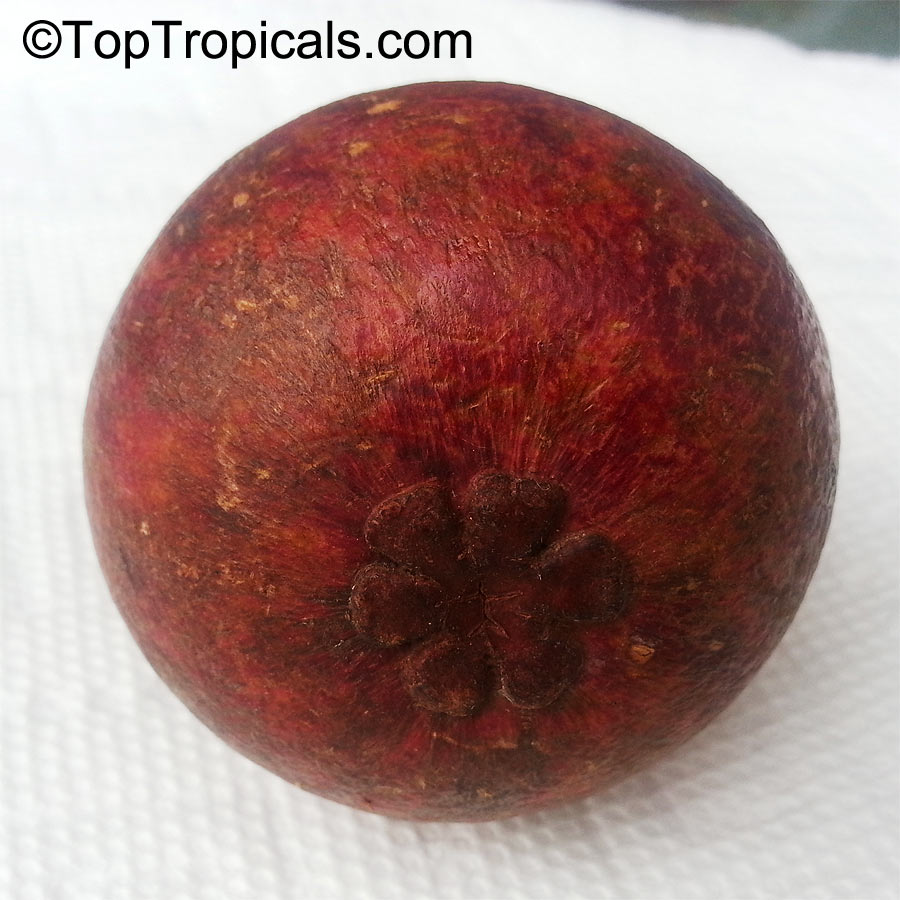
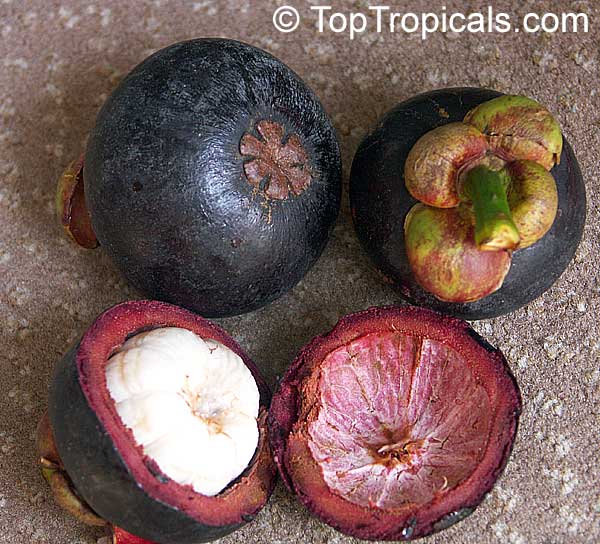
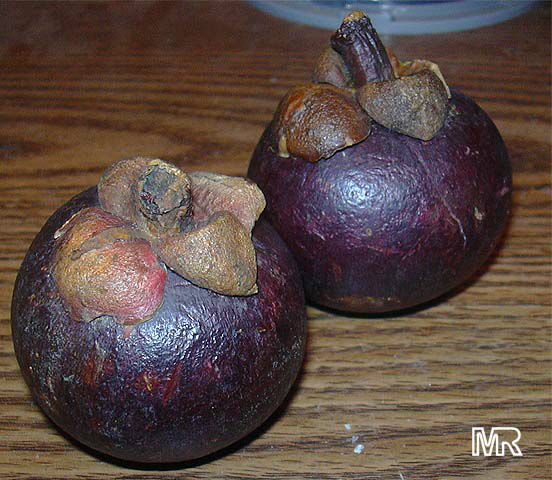
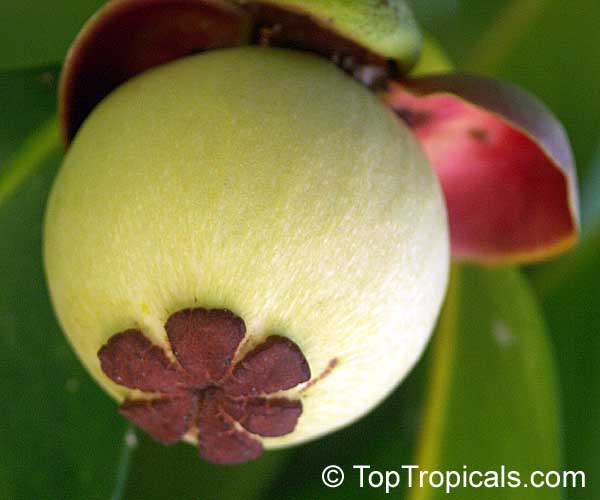
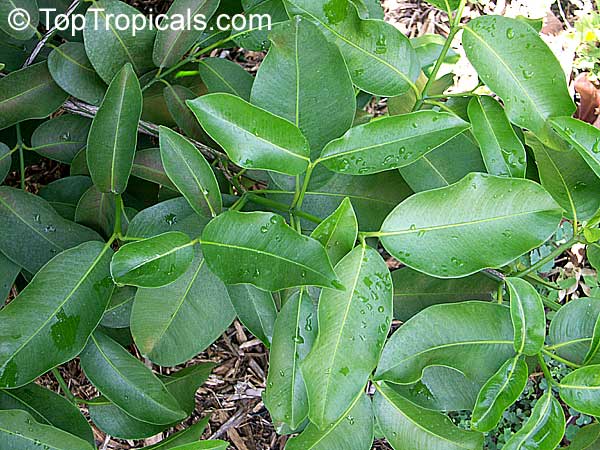
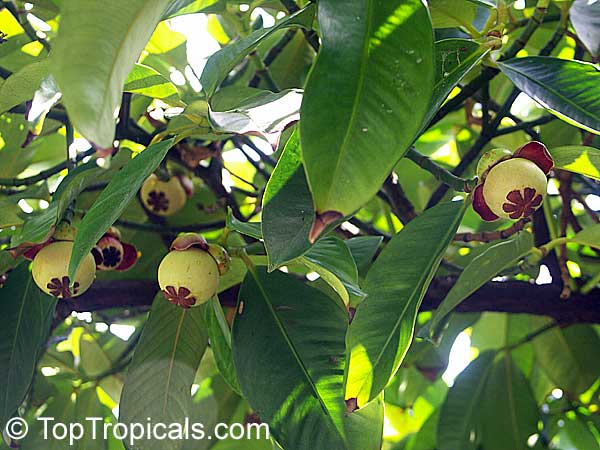
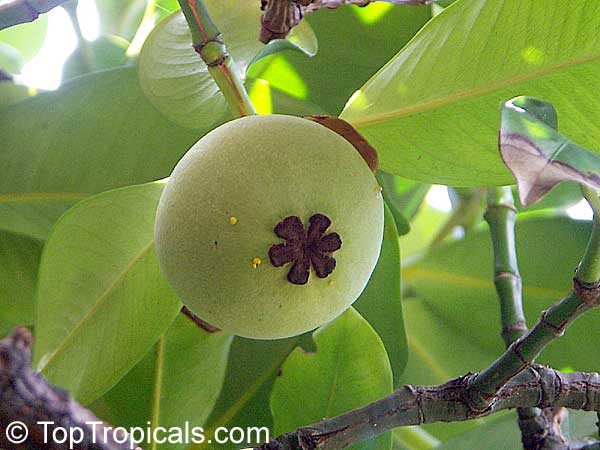
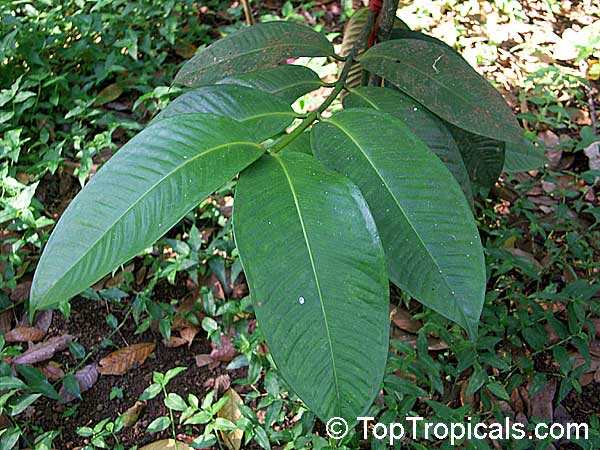
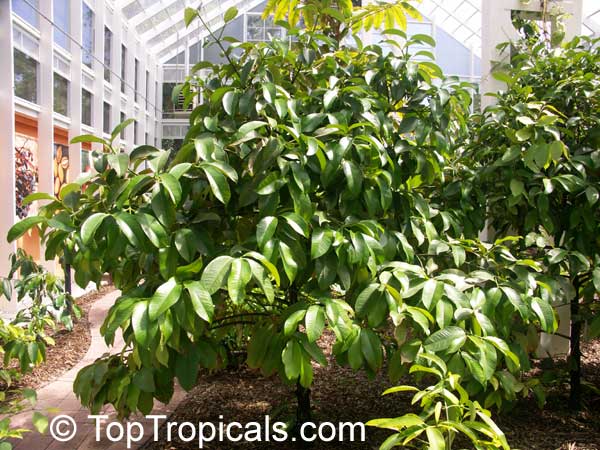
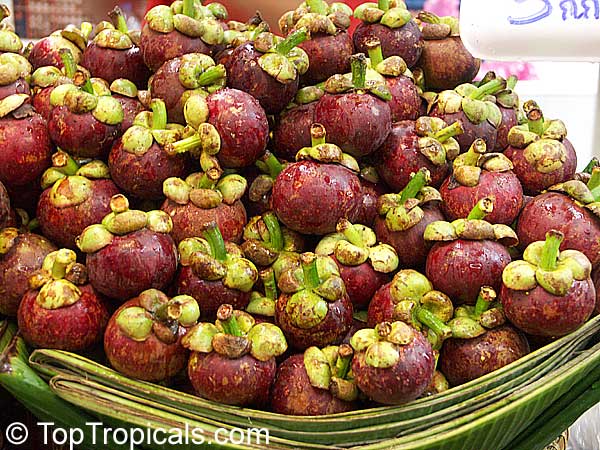
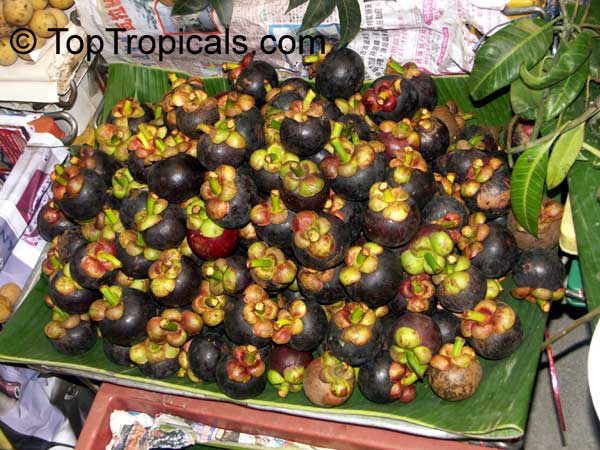
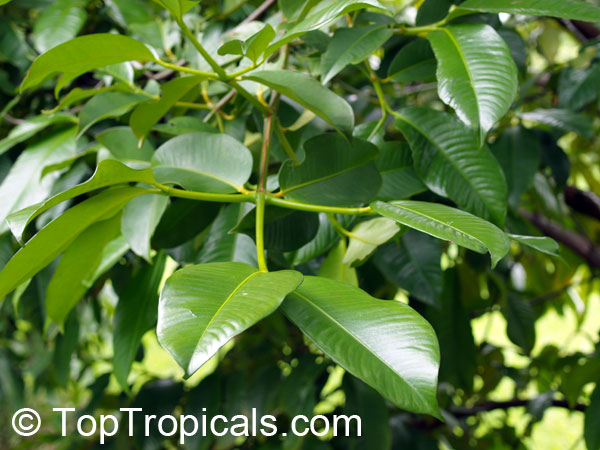
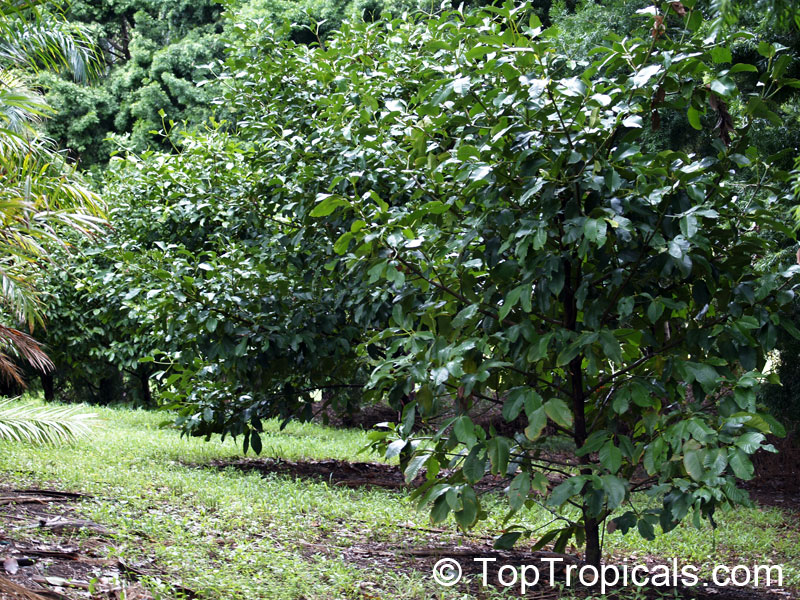

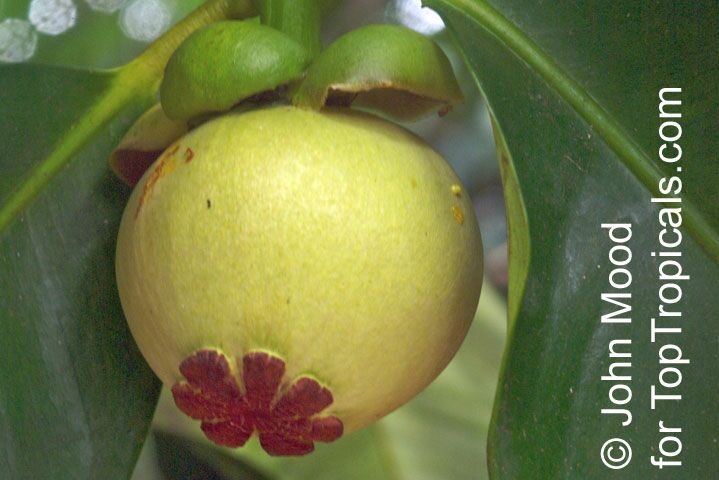
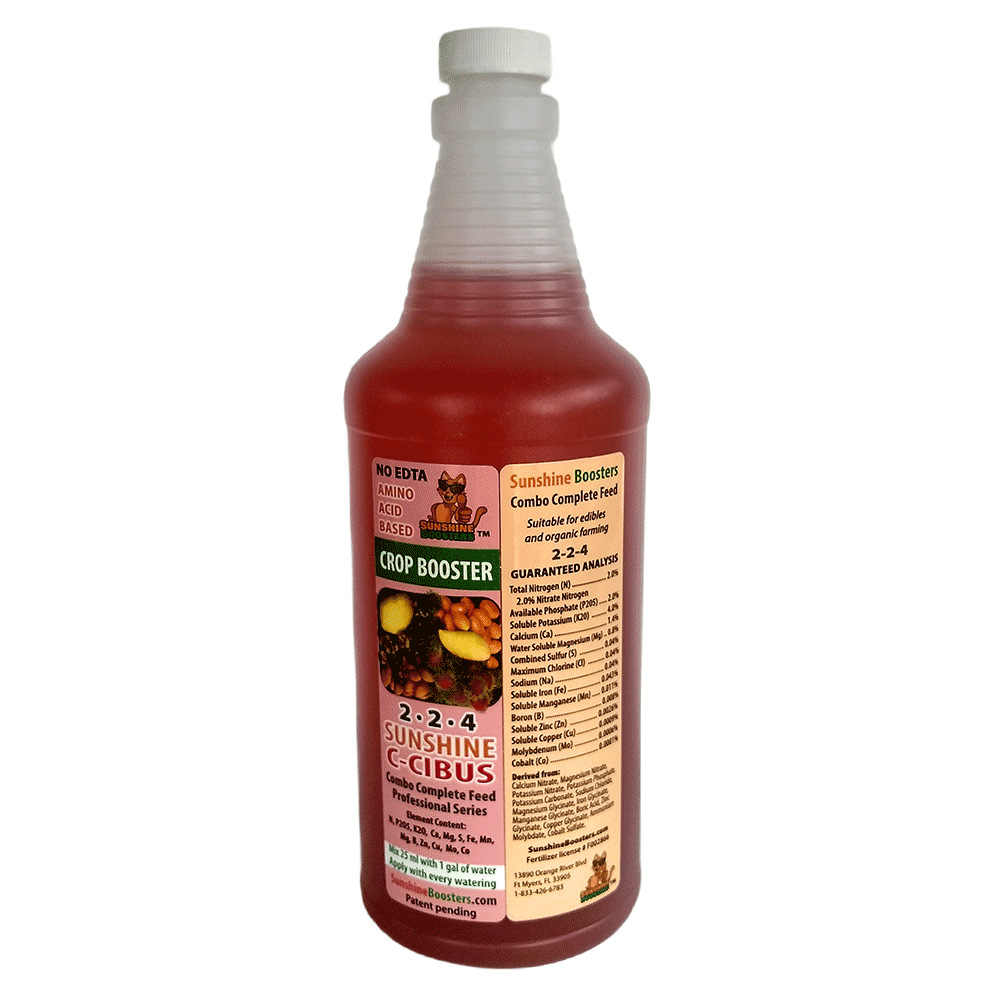 SUNSHINE C-Cibus (NPK 2-2-4) - Crop Booster for every watering.
SUNSHINE C-Cibus (NPK 2-2-4) - Crop Booster for every watering. 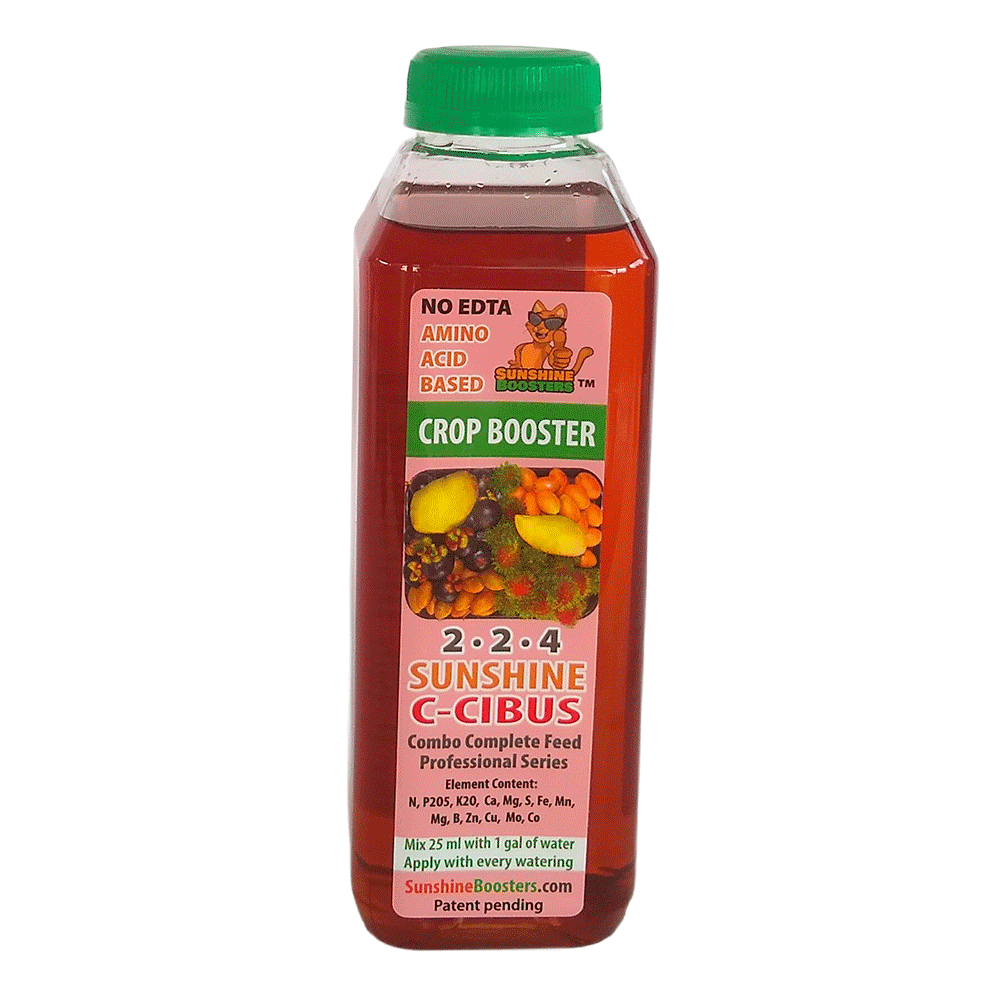 SUNSHINE C-Cibus (NPK 2-2-4) - Crop Booster for every watering.
SUNSHINE C-Cibus (NPK 2-2-4) - Crop Booster for every watering. 